Kindred

























LOCAL DISTILLERS INFUSE CALIFORNIA INTO THEIR CRAFT



























































LOCAL DISTILLERS INFUSE CALIFORNIA INTO THEIR CRAFT

































It’s one of life’s simple pleasures. And I’m not just speaking anecdotally. A recent study conducted by OnePoll determined that food-related activities comprise one-fifth of the top 50 things that bring us joy. Among these are: a home-cooked meal, dining out, having a picnic, discovering new food, buying fresh local produce and the smell of toast in the morning.
Of course, this same survey listed “exercise” as a joyful item, so perhaps the research is questionable.
In any case, we are abundant with food-centric pleasures in the East Bay. How lucky we are to have at our disposal such an array of craft distillers, cheesemakers, restaurateurs, pizzaiolos
and all manner of cookbooks, classes and camps for whatever culinary adventure we desire! Not to mention the multigenerational farmers, ranchers, fisherfolk and laborers who work our land and sea so that we may eat, gleefully. And yet.
Not everyone has enough food for sustenance, much less pleasure. About 1 in 4 people in the Bay Area lack consistent access to nutritious food.
In 2020, over 9% of folks in Alameda County and 8.5% in Contra Costa County reported food insecurity, according to a 2022 Feeding America study. Due to the pandemic and resulting economic fallout, the Alameda County Community Food Bank estimates 1 in 4 county residents is experiencing or at risk of hunger.

At the same time, 40% of all food in the U.S. is wasted. These disparities exist, but there are things we can do to help mitigate them, like: eliminating food waste at home (visit stopfoodwaste. org for tips); volunteering or donating to a local food bank or organizations like Meals on Wheels, Berkeley Food Network, Food Shift or Feed the Hood (through the East Oakland Collective); eating locally; and supporting policies that reduce waste and increase food security. We deserve the simple pleasures that food can bring. An entire economic and agricultural ecosystem thrives because of it. But we must also be champions for food justice as much as we are champions for our favorite chefs and restaurants.
—Samantha Campos, EditorThe joy and pain of having too much or too little

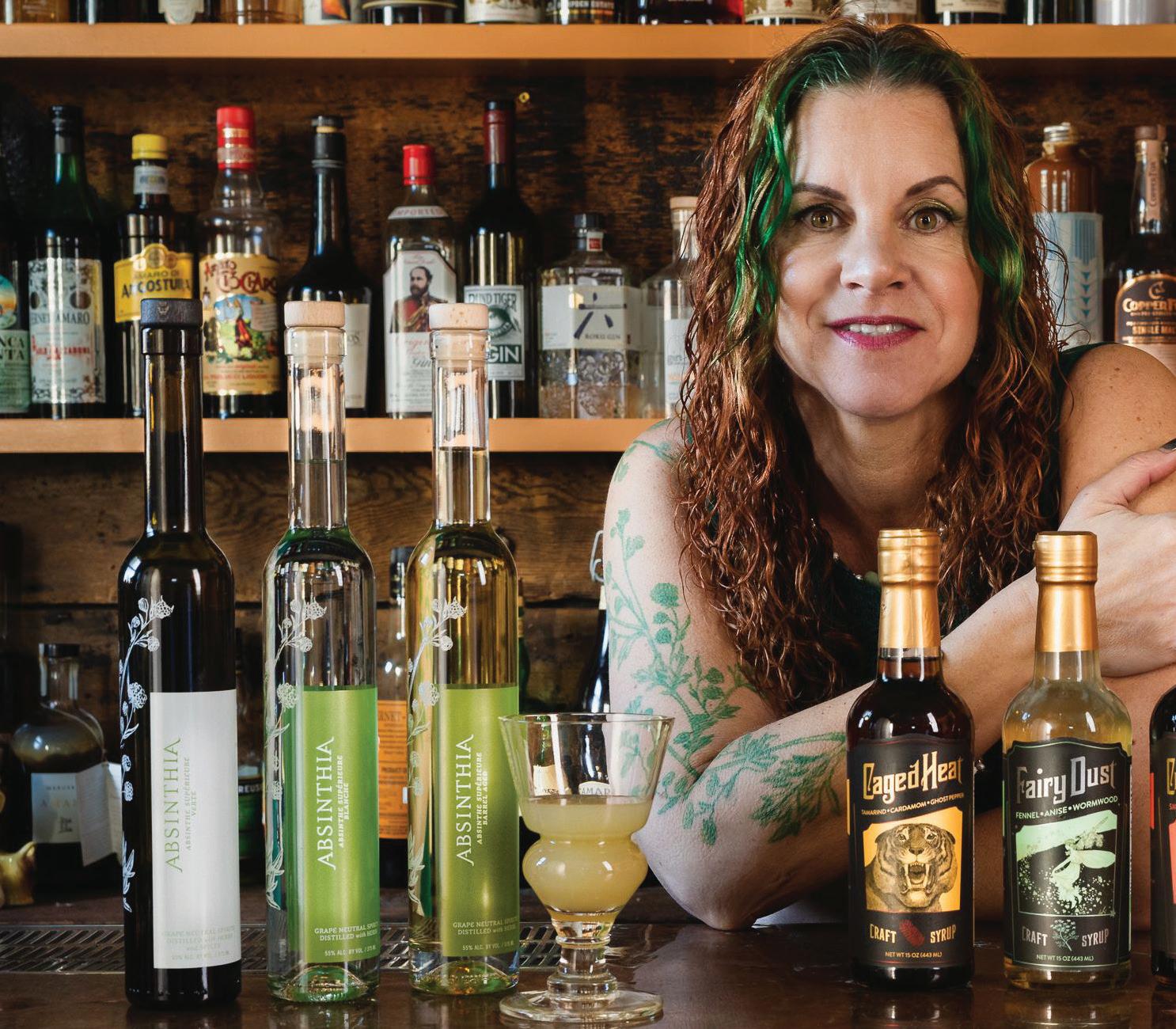 BY Janis Hashe
BY Janis Hashe
Not only do East Bay distilleries produce world-class spirits, but the stories behind their inceptions are beguiling. East Bay checked in with four of them.
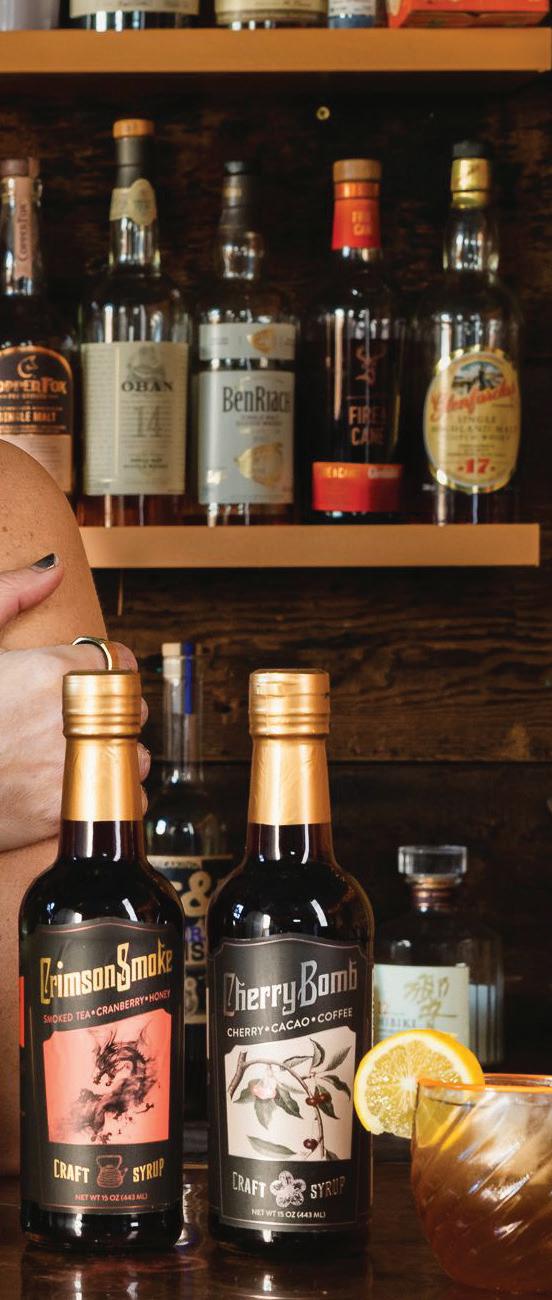
Absinthe was illegal and banished from the world of spirits for 85 years—and it’s all the French wine industry’s fault, according to Absinthia Vermut, founder and CEO of Oakland’s Absinthia’s Bottled Spirits. (And yes, she did change her name legally years ago to reflect her passion for the much-slandered liqueur.) As she tells the story, phylloxera devastated France’s vineyards between 1863 and 1890, causing spirits-lovers to turn to the “Green Fairy.” Notables such as Rimbaud, Baudelaire, Paul Verlaine, Émile Zola, Alfred Jarry and Oscar Wilde extolled its effects on creativity.
Then the wine industry recovered, and needed to lure back drinkers. So, they spread rumors that absinthe caused insanity. This strategy was successful. Absinthe was made illegal, and stayed illegal in the U.S. until 2007.
Vermut, however, had first tasted absinthe at a “Proust Wake” in 1996, and in 1997, made her first bottle, using a recipe she now describes as “terrible.”
Undeterred, she continued using her friends as guinea pigs, developing flavor profiles using vintage Swiss recipes, and officially launching her business in 2017.
Today, her three versions of absinthe— Blanche, Verte and Barrel-Aged—are sold online, through various bottle shops and available at some Bay Area bars. She uses organic ingredients, as many as possible locally sourced. She describes Blanche as “clean, good for people who aren’t familiar with absinthe”; Verte, which is green from botanicals used in production, as “earthy and grassy”; and Barrel-Aged as “rounded and softer,” with hints of anise, fennel and wormwood.
Vermut also produces a line of nonalcoholic cocktail syrups, Crimson Smoke, Caged Heat, Cherry Bomb and Fairy Dust (which uses the same herbs as classic absinthe). Business is booming, and she continues to rehabilitate the Green Fairy’s reputation. “Drink quality absinthe,” she urges. “If it’s neon green, it’s not true absinthe.”
absinthia.com
Friends Tory Brown and Julian Peebles were both working in the tech industry when they began talking about different business ventures. “We both liked craft spirits,” said Peebles. Beyond that, said »

Brown, the partners wanted to create a business that would “help people come together and get to know each other for who they are.” Thus, in 2020, Berkeleybased Common Ground Spirits was born.
They decided to focus on bourbon and gin. “The idea for the bourbon was grassto-glass Californian,” said Peebles. But they knew their bourbon would take four years to age. So, they decided to make gin, both to “change the perspective of gin,” said Brown, and to begin building their brand.
“Gin 1” was inspired by a drink Peebles had in Ireland that had, among other ingredients, basil, elderflower, agave—and, of course, gin. “Gin 2” comes from the partners’ love of food and cooking, and is a savory offering, with black current, thyme and peppercorn. “They are both contemporary in style,” said Brown.
Meanwhile, the bourbon, which has 76% corn, 14% rye and 10% malted barley, is still
aging in American white oak barrels, some with French oak infusion spirals. “We’re going for a sweeter, more sophisticated taste,” said Peebles. An occasional tasting reveals the bourbon developing complex notes of flavors.
The partners note it’s been a challenge being “the new kids on the block,” but a distributor who initially turned them down has now happily welcomed them. “People follow us on social media now,” said Peebles. They often do tasting events, where people say, “I didn’t know gin could be like this,” he added.
In any case, Common Ground Spirits is in it for the long run. “We’re passionate about what we do,” said Brown. “We want this to be a legacy business for our families and kids.” Visit their site to purchase, or to find retailers and restaurants carrying their gins.
commongroundspirits.com
Oakland natives Alexandra (Ali) and Samantha (Sam) Blatteis were living at opposite ends of the country when the idea of making spirits began to percolate. Sam Blatteis was living in New York City, where she was involved with the “green market greens” program, “which revitalized grain growing,” she said, as local farmers began to grow grain for the malt houses.
Beer and spirits-makers lobbied the New York legislature for the ability to sell their products as “agricultural,” as long as they used locally grown ingredients, she said.
Ali Blatteis was living in San Francisco, where she started exploring whiskeys, helping found a women’s whiskey club. When her sister came out to visit, the twins toured a distillery. “I learned
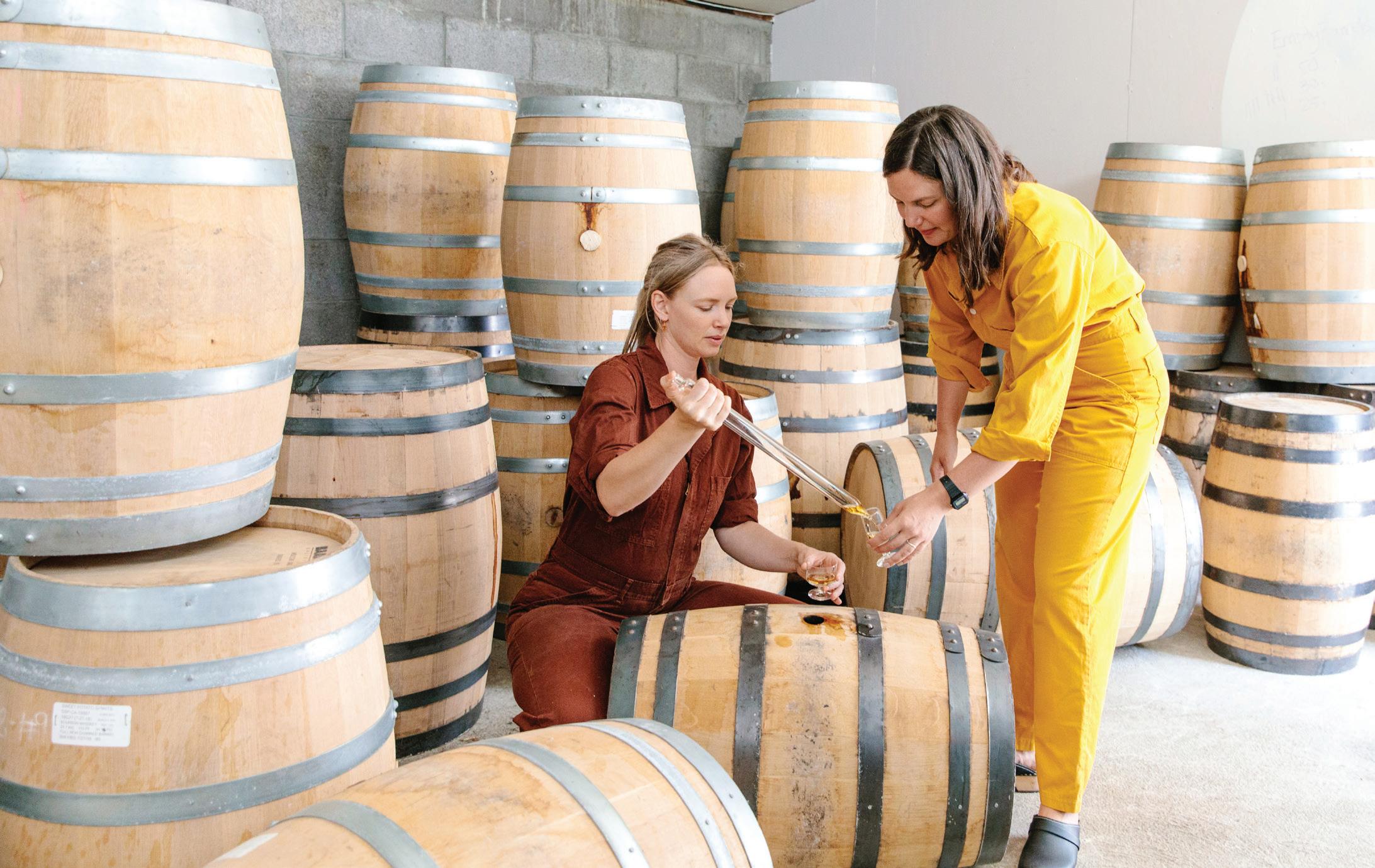
about the ingredients that can transform aroma and flavor,” she said.
Knowing there would be years of aging before they had a sellable product, they still decided to focus on whiskey and bourbon. As the culmination of research at local distilleries and small family farms, distilling coursework and studies, the Blatteises officially launched Home Base Spirits in 2015.
“We knew we really liked Japanese and Irish whiskeys,” said Sam Blatteis, but they also wanted to capture West Coast terroir. Their Home Base Single Malt Whiskey uses 100% estate malted barley, aged in bourbon barrels.
For their bourbon, they wanted to make something fresh. They used 30% malted barley and 10% rye to add to their mash. They now offer two: Home Base Bourbon, and Home Base Cask-Strength Bourbon, a blend of their flagship bourbon and four-year wheated bourbon.
They also now make two bitters. “No. 01 is very citrus-forward,” said Sam Blatteis, with both navel and bitter orange, Meyer lemon and pomegranate, while No. 02 is “summer harvested, digestif-style,” with apricots, figs and cherries.
Local focus extends to their labels, as they approach local artists to create them. Limited-edition Home Base Bourbon X aids Oakland Art Murmur, the nonprofit supporting Oakland artists. Visit the site for places to purchase.
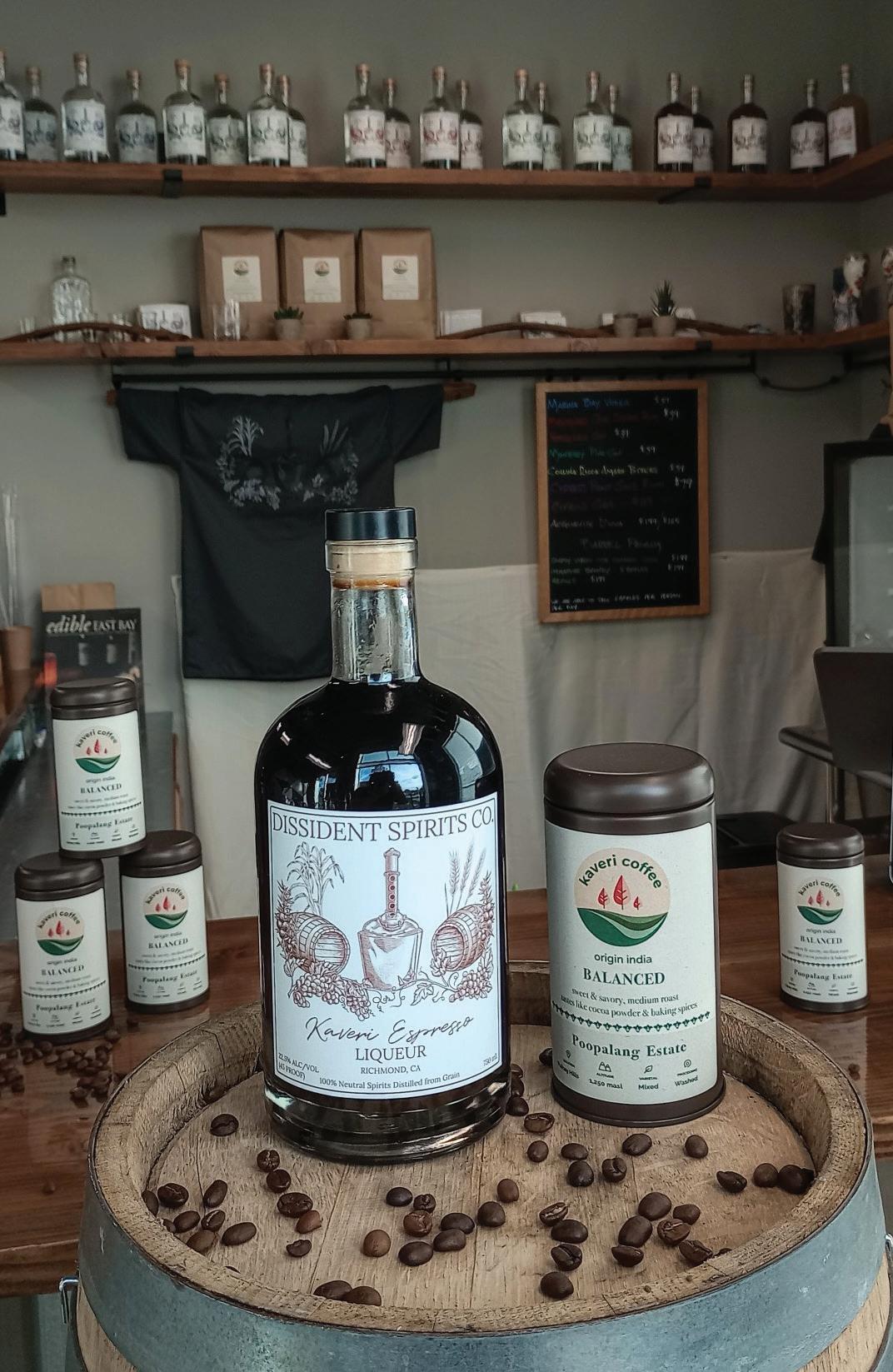
homebasespirits.com
It was just supposed to be a holiday oneoff, said Dissident Spirits co-founder Oliver Gothe. The Richmond distillery already had loyal customers for its Marina Bay Vodka, Brickyard Cove Silver Rum, Monterey Pine and Peppercorn gins, and Collina Ricca Amaro.
Then Gothe met Berkeley coffee roaster Tanya Rao of Kaveri Coffee Works, and Kaveri Espresso Liqueur emerged as an ideal special release. Little did they know, said Gothe, that the chocolaty, mocha flavored liqueur would prove so popular; it now accounts for more than 40% of Dissident’s sales, and 25% of Rao’s.
Rao, whose family has been in the Indian coffee trade for generations, creates a special roast for the product, and Dissident finishes it in rum barrels. “We don’t overdo the sweetness,” Gothe said. “It’s great by itself, in espresso martinis or in tiramisu.”
Dissident includes Espresso Liqueur in its free tastings at its tasting room. “We’re on our seventh batch,” said Gothe. Dissident products are also available at various East Bay retailers. Visit the site for information.
dissidentspiritsco.com











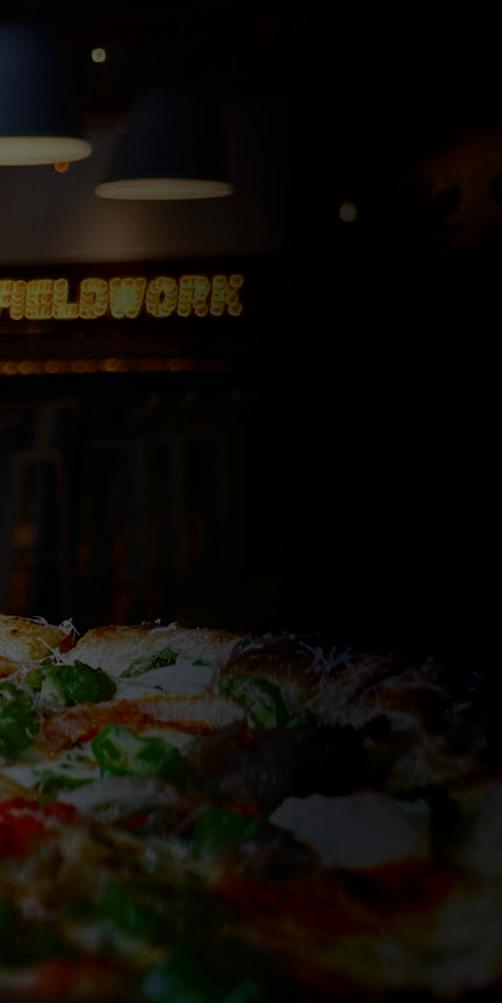
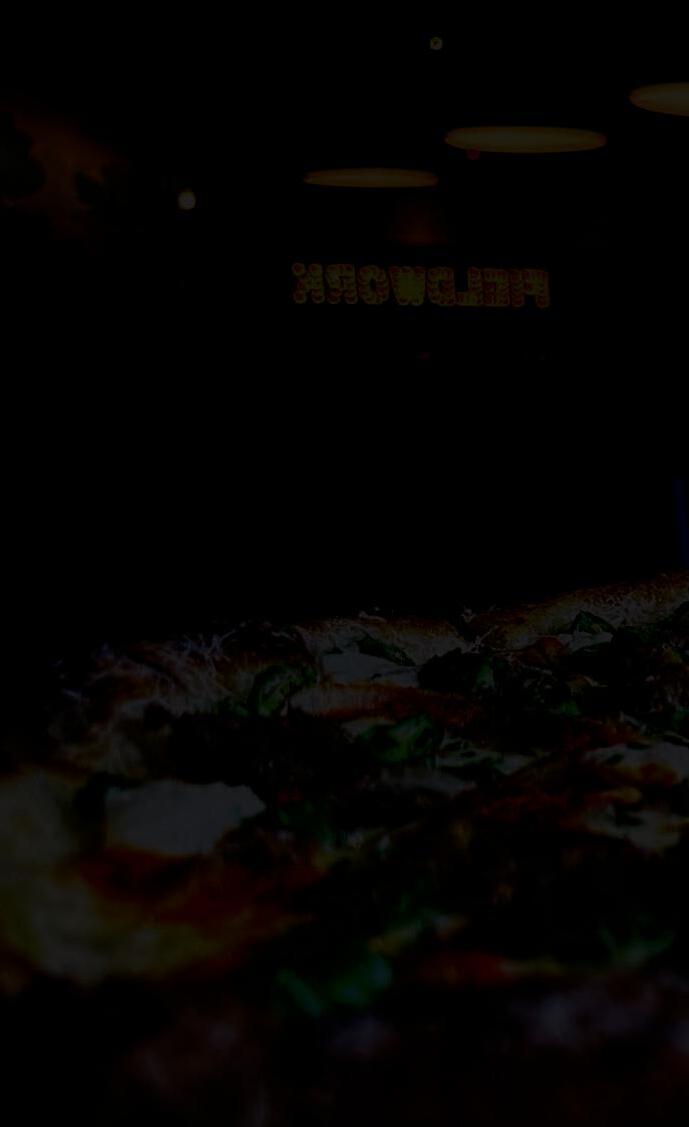

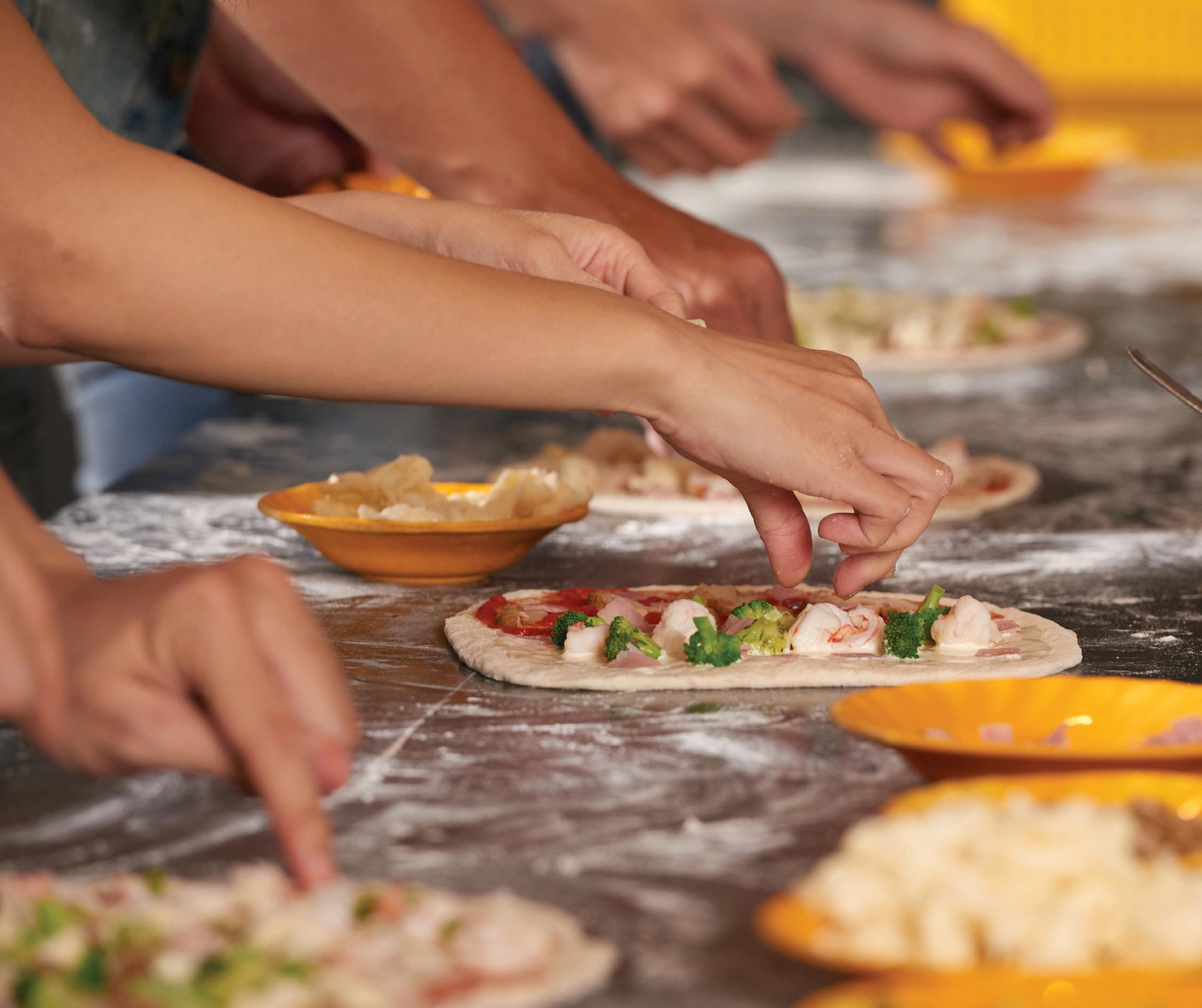 BY Lou Fancher
BY Lou Fancher
From novice, clumsy kitchen explorers, to kids hungering to use their own hands to make oodles of noodles or pizzas from around the world, to master chefs shoring up established skills or learning new techniques, anyone can swap the ABCs of the regular school year for the CCCs of the perfect culinary summer. With cookbooks, classes and camps available throughout the East Bay, there’s ample reason to go rogue and counter what parents are always saying to kids (“Don’t play with your food”) and tons of flexibility for independent or structured learning. Playing with food is fun and the only name of the game in this league.

Three new cookbooks from Bay Areabased Chronicle Books jump right in and set the tone with 100 Morning Treats: With Muffins, Rolls, Biscuits, Sweet and Savory Breakfast Breads, and More by Sarah Kieffer; Pulp by Abra Berens; and Recipe for Disaster by Alison Riley. By no means a comprehensive list of the many books available, they cover a summer-themed spectrum and the feel-good spirit of supporting a local publisher.
Kieffer’s many years working in coffee shops in Minnesota led her to create The Vanilla Bean Blog and write three cookbooks, including the best-selling 100 Cookies. She has been featured by Food52, the Today show, Mashable, The Kitchn, America's Test Kitchen, Huffington Post and more. So while thousands of people might think eating cookies and sipping their favorite beverages are the perfect breakfast pair, especially if matched with watching a YouTube video of her pan-banging chocolate chip cookie trick that went viral online, 100 Morning Treats shows that Kieffer knows some crave so much more.
Readers will learn from the cookbook’s simple instructions, judiciously placed photos, helpful how-tos and explicit prep instructions on how to create coffee cakes, danishes, doughnuts, quiches, muffins, laminated pastries and more. They’ll also read about Kieffer’s propensity for
swiping her father’s Fig Newtons and why Overnight Créme Fraîche Waffles are not just yummy, but a spiritual experience. A few baked treats out of the 100 pop up as must-try-now recipes: Giant Carrot Cake Cinnamon Rolls, Pesto Pull-Apart Bread, Lemon Curd Bostok, Apple Cider Crullers and Apricot White Chocolate Overnight Scones.
James Beard Award-nominated chef Berens’ cookbooks go for one-word titles, which are multi-packed investigations of core food categories like vegetables (Ruffage) and grains and legumes (Grist). For Pulp, the aperture zooms in on fruit: apples, rhubarb, melons, stone fruit, cherries, rhubarb, quince and more.
Over 200 sweet and savory recipes and variations strike the breakfast, lunch and dinner bells, with an emphasis on each fruit’s seasonality, flavors and signature features that elevate or serve as the quintessential element in soups, salads and stewed, grilled, baked or roasted main dishes—along with the expected baked goods, jams, garnishes and sauces.
Pork chops with rye spaetzle and white-wine poached rhubarb and spinach
is among the more complicated dishes, but even that comes with simplicity and special tips to streamline preparation and timing. Sweet and savory combo recipes such as Roast Chicken over Blueberries and Rum-Plum Clafoutis are quite possibly swoon-worthy.
Readers consider Beren’s prior cookbooks to be reference books, and Pulp is no different. In addition to recipes, EE Berger’s soothing photographs and Lucy Engelman’s vignetted illustrations, a unique feature of the 432-page book (it’s a big one!) are “Producer Profiles” of food activists, farmworkers and producers involved in the food movement, such as Agatha Achindu, Rosalina Guillen, Gene Garthe, Abby Schilling and more.
Recipe for Disaster has Riley launching the SOS with a platoon of 40 “Superstar Stories of Sustenance and Survival.” The all-star contributors telling their food fiasco, fetish, fantasy and family tales include Alice Waters, Bowen Yang, Cey Adams, Chelsea Peretti, Simon Doonan, Meshell Ndegeocello, Brian Lehrer, Gabrielle Hamilton, Jacqueline Woodson, Sarah Silverman and many more. It began as a humor-seeking romp, which it is, but in the end offers poignant, personal and opinionated (yay!) perspectives that often find their source in moms and moods.
Highlighted quotes stand alone on a single page as bulwarks worth reading more than once, like performer and writer Becca Blackwell’s that accompanies a how-to for Security Pizza: “Eventually, queerness will expand and we will all be LGBTQIABCDEFGHIJ
KLMNOPQRSTUVWXYZ.”
A basic crust gets a dose of “poor man’s pesto” made with parsley, cilantro, garlic and other ingredients, including almonds or walnuts, “if you’re rich.” Cabaret enchantress, actor and visual artist Justin Vivian Bond shares a wonderful story about his mother’s Crispy, Hot, Salty Potatoes. “She would fry those potatoes within an inch of their life,” he wrote, about the dish he continues to cook when his day needs to be turned from blue to gold.
Sustainable fashion pioneer Hassan Pierre’s “A Mess for a Moment” mood lifters are bananas dipped in peanut butter melted with chocolate and »
coconut flakes—which are best eaten in the kitchen standing over the stove or “chocolate gets everywhere.” Writer Samantha Irby turns a pack of chicken thighs into a remedy for a broken heart with Rejection Chicken. You have to be dumped for it to be authentic, and regardless of whether you’re mad or simply sad, recovery is promised. A special tip to add ice cream for anyone who has suffered heartbreak—who among us has not—seems inevitable.
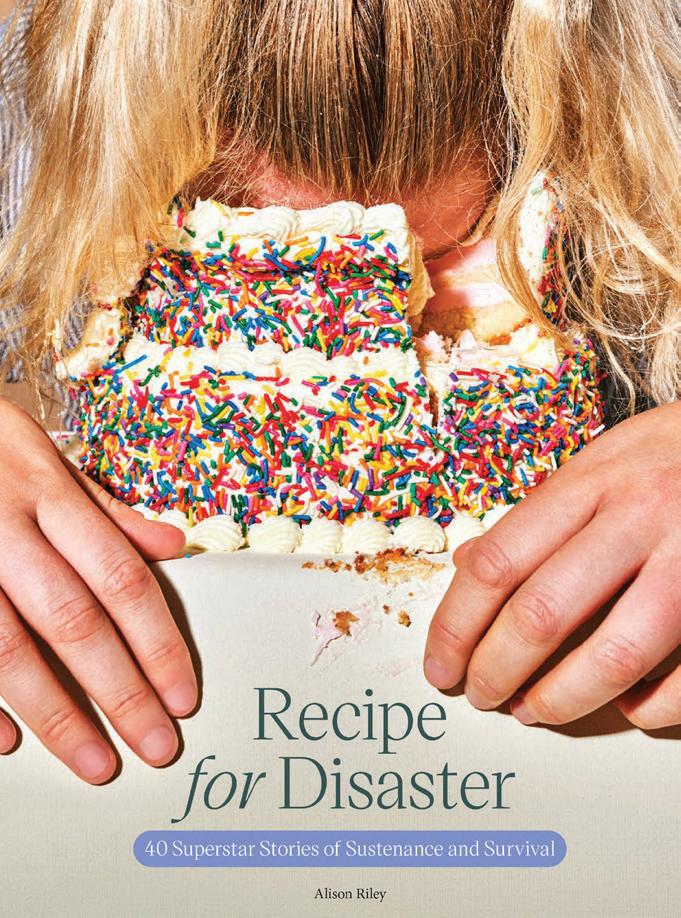
For total immersion type foodies, folks wanting to enter the culinary field, or kids and other adults who prefer to learn with others in collective, in-person or online camps and classes, three suggestions cover the bases this summer.
Chef Olive Said and nutrition consultant Lisa Miller launched Kitchen on Fire in 2005. The Berkeley-based operation offers hands-on cooking experiences through public classes, teambuilding and corporate wellness events.
The team comes with heavy credentials—Said for eight years owned and operated Berkeley’s Cesar Tapas Bar and has co-authored three books, worked as a pilot, record producer and radio guest expert on the culinary arts, among other achievements; Miller has a bachelor of science degree and is a member of the National Association of Nutrition Professionals. She teaches classes that focus on healthy nutrition and meals made with high-quality ingredients using traditional cooking methods.
Courses and camps available at Kitchen on Fire’s two locations in Berkeley and Oakland are nearly unlimited. There are classes for learning introductory knife skills, cooking vegetarian and vegan, regional American, international and other specific cuisines. Also, there are couples courses, virtual live Zoom options, teen classes and classes that have everyone in a family cooking together—with Kitchen on Fire instructors as “referees” and expert guides. Read up on the programs and mark the calendar to sign up early by checking out kitchenonfire.com.
Remaining on the theme of young
ones finding mastery and creativity in the kitchen, Cooking Around the World (CATW) presents a marvelous Summer Camp 2023 program at several East Bay locations. Class sizes are limited to 12 participants, and there are no nuts in any recipe. The choice of classes varies at locations in Lafayette, Oakland and San Leandro, and a partnership with Parks and Recreations departments means Bay Area residents in Alameda, Albany, Berkeley, Danville, Fremont, Hayward, Hercules, Martinez, Moraga, Piedmont, San Ramon and Walnut Creek can find opportunities to enroll in CATW classes in Parks and Rec Summer Activity Guides.
While the many options and adherence to health and safety protocols are attractive to parents, the class descriptions are what will entice a kid into the kitchen during the summer. “Harry Potter: Taste the Magic” has kids whipping up butterbeer pancakes and double chocolate cauldron cake. ”Celebrity Chefs” introduces the signature dishes of TV chefs like Bobby Flay, Rachel Ray, Gordon Ramsey, Giada DeLaurentiis and Ree Drummond.
“A Plate of Pixar” holds special delight
for kids raised on the Emeryville-based animation mega company’s films such as Ratatouille, Toy Story, Monsters, Inc. and more—with foods mentioned in the film serving as vehicles for learning basic cooking skills. “Cooking Around the World” offers programs for kids yearround and online, with a solid list of instructors. Other seasonal offerings can be found on the website, cookingroundtheworld.com.
Two programs are examples of the many East Bay educational opportunities for people interested in building a professional culinary future. Bauman College Holistic Nutrition & Culinary Arts two-prong program emphasizes healthy, nutrition-based philosophies and techniques and entrepreneurial skills for a variety of careers in the food arts, such as nutrition consultant to medical clinics and offices; food journalist; personal, restaurant or corporate chef; caterer; and more. The online program is a boon for people employed in other or related fields. More information is on the website at baumancollege.org.
At Diablo Valley College in Concord, three Culinary Arts associate in science degrees allow participants to specialize in culinary arts, baking and pastry, or restaurant management. The culinary arts courses prepare students for employment as restaurant chefs, culinary supervisors, line cooks, banquet chefs, dining room managers and more. Further information can be found at dvc.edu/academics/culinary-arts/index. html.
Baking and pastry degree and certification opens up the opportunity for careers as a baker or pastry chef in restaurants, hotels, resorts, bakeries, grocery food chains, cafés, hospitals and others, or as a bakery production finisher, pastry decorator, caterer, baker assistant or bakery entrepreneur.
The restaurant management program covers a broad spectrum, from food to beverage operations and professional training, to become a restaurant owner/ operator, banquet manager, dining room manager or purchasing specialist. Graduates of both Bauman and DVC often obtain additional study and degrees after establishing a solid foundation in culinary techniques, practices and management. ❤






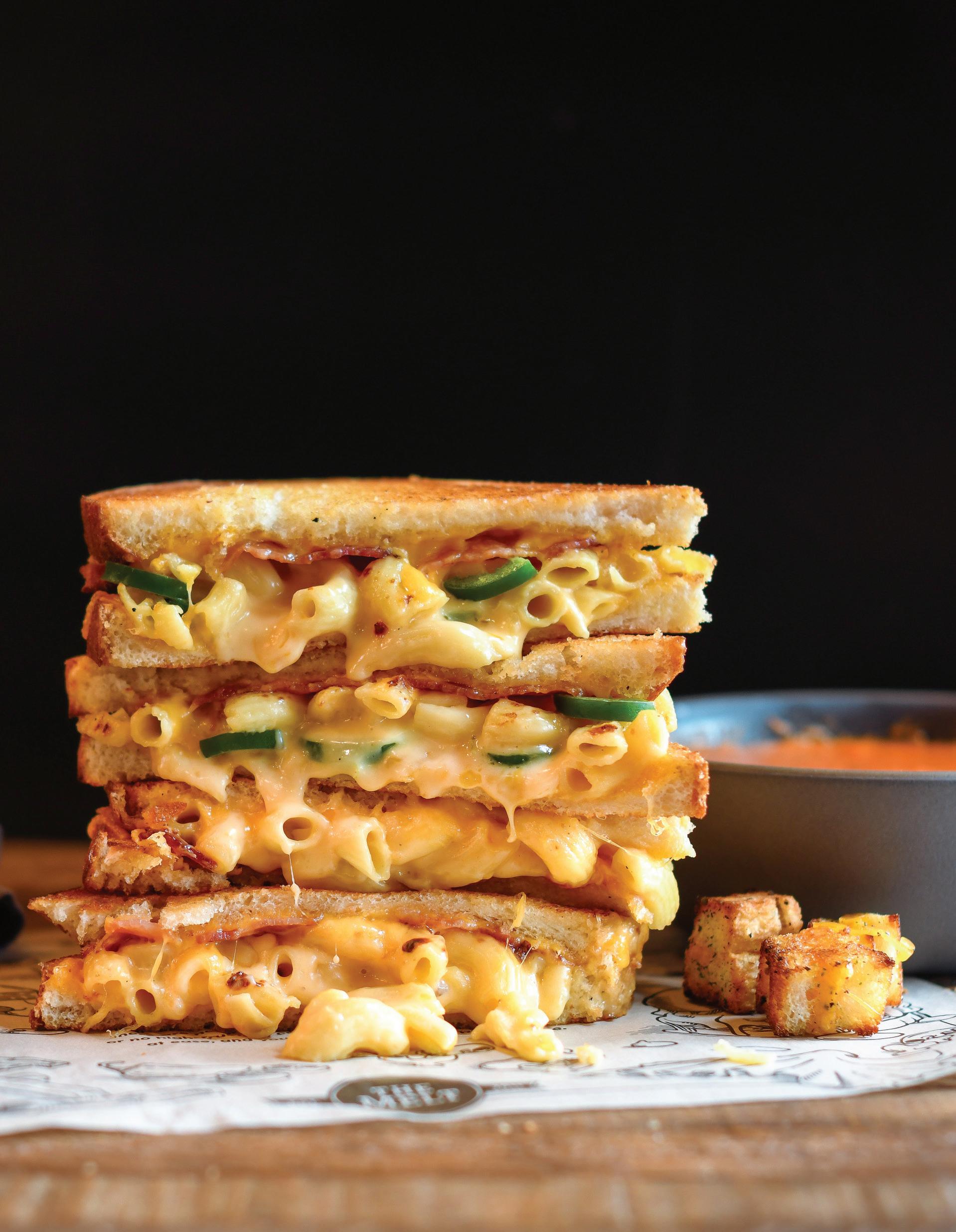
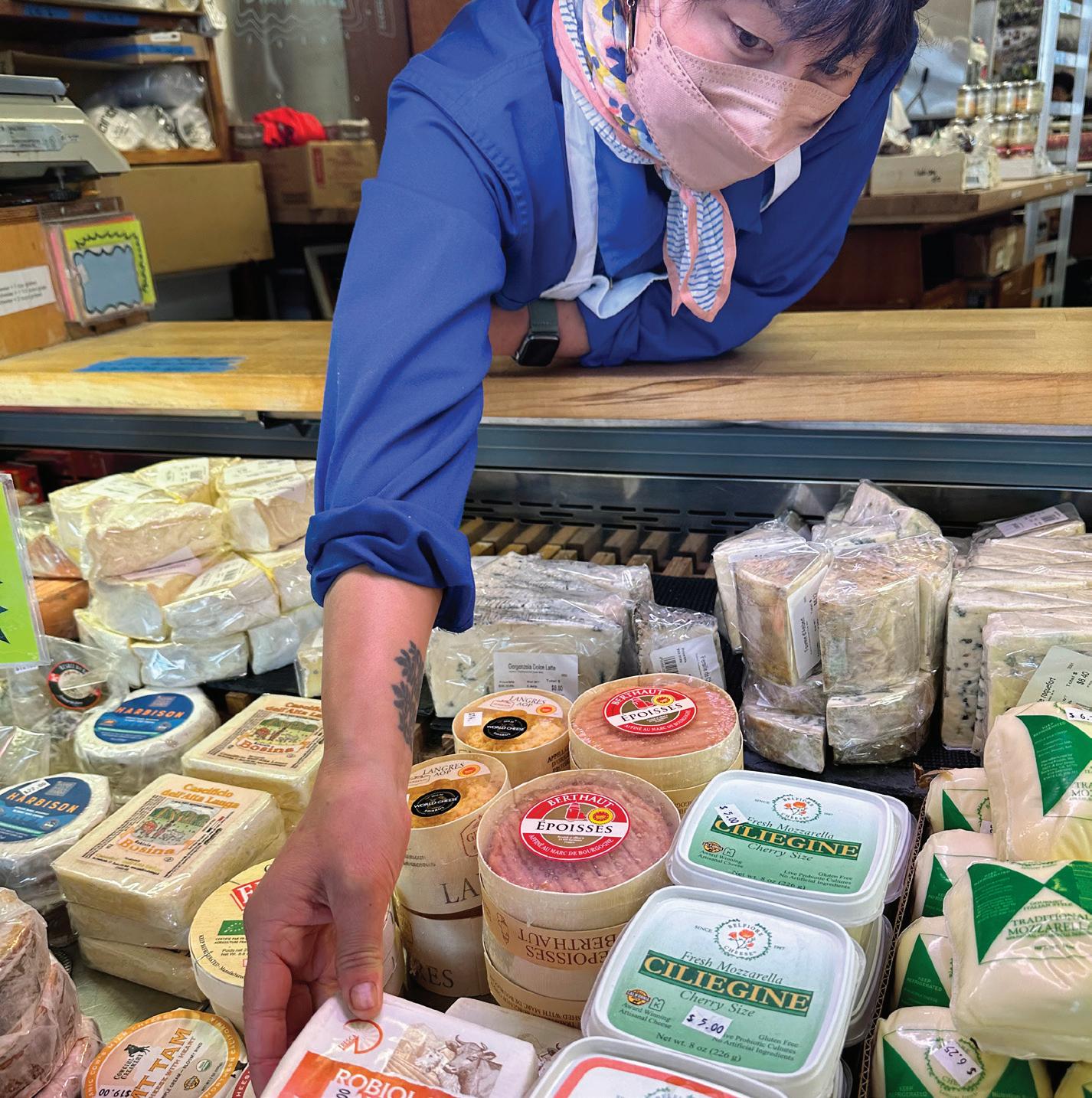 BY Lou Fancher
BY Lou Fancher
The East Bay is in love: with cheese. It’s that simple. Survey anyone about curdled, pressed and in other ways casein made magnificent—even ask total strangers—and find ample testimony and proof that cheese is either just one ingredient in a sandwich, a food of genuine but calm interest or an obsession. One might receive an earful about this region’s favorite restaurants, cheesemakers, cheesemongers, cheese shops and other places to buy mozzarella or one of the hundreds of other variations that result from playing with milk, nuts, plants and other root sources.
Expect also to hear extended dissertations on the premier pizzas, mac ’n cheese, saganaki, fondue, wine and cheese duos, grilled cheese anything, new plantbased cheese alternatives, and of course, tales of epic cheeseburgers, including the Squeeze Burgers that adorably and deliciously “wear” a cheese skirt and cause lineups at The Squeeze Inn’s seven
Northern California locations. (Yes, a cheese fetish sometimes requires travel beyond the East Bay to Sacramento to quench a particular fix. Here’s hoping the Squeeze Inn drifts southwest and plants an eighth location closer to home.)
A summertime jaunt seems warranted, regardless of the temperature of one’s relationship with cheese, given the bounty of new and established locations whose menus place cheese centerstage. Following are a few suggestions for tickling tastebuds… perhaps while planning a trip to a local artisan cheesemaker or enrolling in a cheesemaking course for a more immersive, educational exploration.
The Melt has taken the Bay Area by storm from its home base in San Francisco and recently jumped eastward to Oakland and Danville, with a Local Kitchens partnership pickup outlet in Lafayette.

A comfort-seeking dream menu comes with tons of cheesy options, whether it’s the hefty MeltBurger with more than one-third of a pound of Angus and Wagyu beef that’s chopped and grilled before
»
it’s stuffed with tons of melted cheddar or the classic Melty Mac that achieves textural contact with a topping of cheddar and toasted bread crumbs astride pillowy pasta—add kick by choosing the Garlic Chicken Bacon Mac—or choose from a boatload of sandwich variations such as Three Cheese Classic, Patty Melt, Mac Daddy (mac ‘n’ cheese, aged cheddar and smoked bacon in artisan French bread) and more. Anyone who believes “melt” and “cheese” are codependent will find their tribe at Melt.
Berkeley’s Cheese Board Collective is a 100% worker-owned and operated business that carries over 400 different cheeses. The location on Shattuck Avenue boasts a pizzeria, bakery, espresso bar
and a legend: Customers know this is a place whose origins began when a group of hungry pizza lovers with hunks of sourdough baguette dough and favorite cheeses and vegetables decided to play pie.

In 1985, the collective began dispensing their generously cheesed vegetarian pizzas to customers. The rest is a history not lost in the past but always pushing forward, as the pizzeria still serves the original pie, plus gluten-free, vegan and take-and-bake options. As a collective, Cheese Board’s dedication to workers’ rights is both a given and notable.
During COVID-19, people seeking in-person expert cheese tips relied on the Collective’s blog for contact, so there’s good news in 2023: Saturday lunches
resumed on April 8 for the first time in three years. On the menu or sold in the cheese market? Pizza—and dozens of soft, cow, goat, sheep, blue and special-of-theweek cheeses.
Of course, extensive cheese selections may also be found at a local grocer. Piedmont Grocery and Rockridge Market Hall both host special sections of the good stuff.
The United Dumplings in Rockridge might not be the first place most people think of when gooey-seeking missions are launched. That is unless one has already heard of or has waxed ecstatic about the northern Chinese cuisine and Californiainspired dumpling shop’s menu at the three United Dumpling shops owned
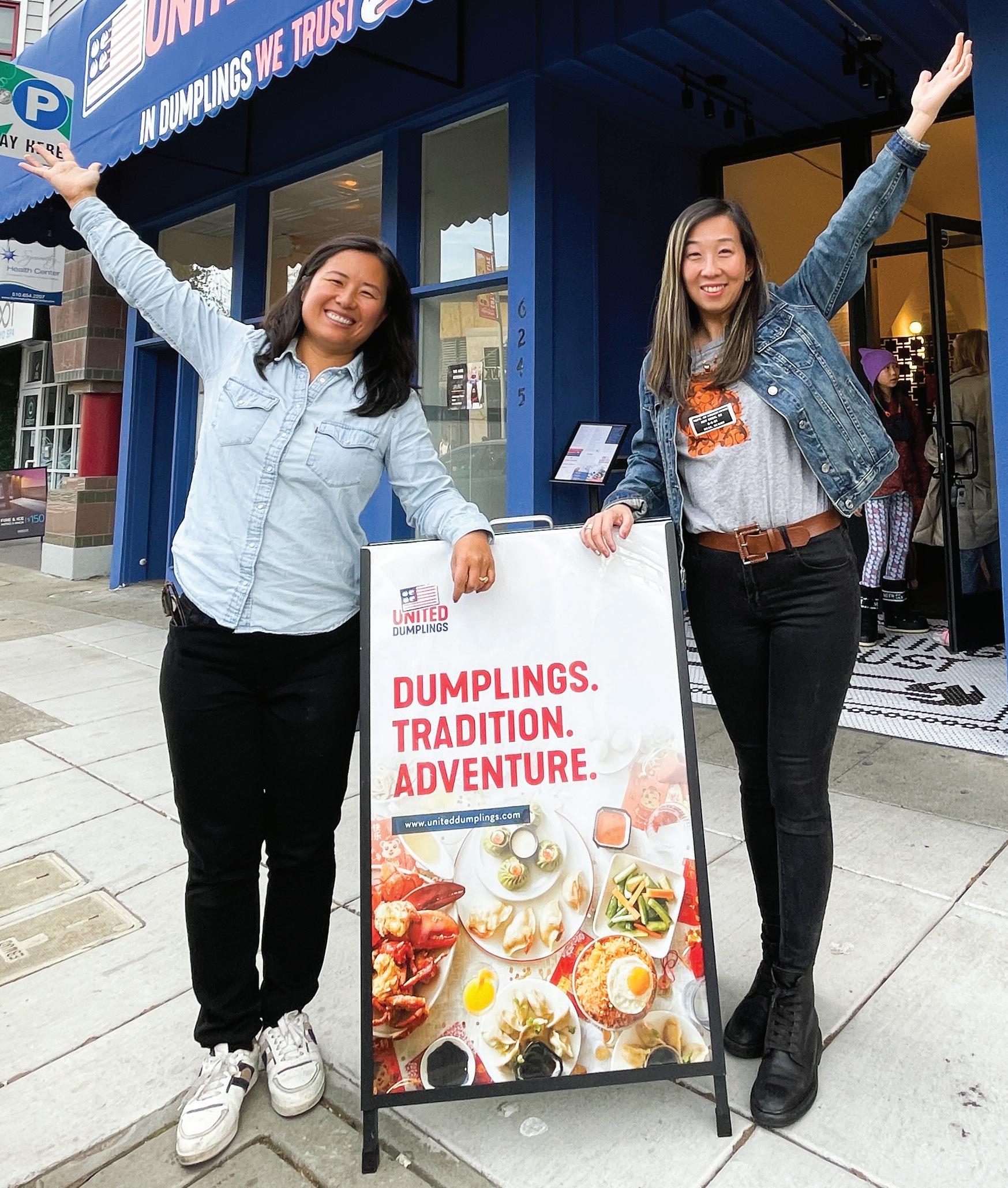




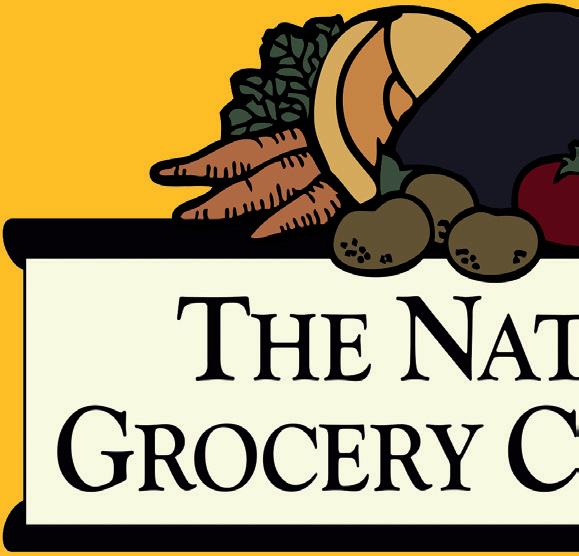
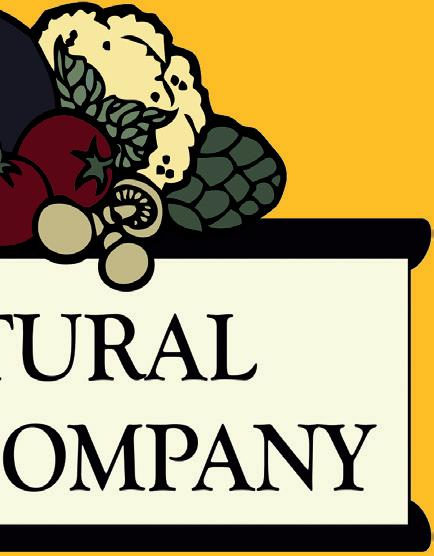






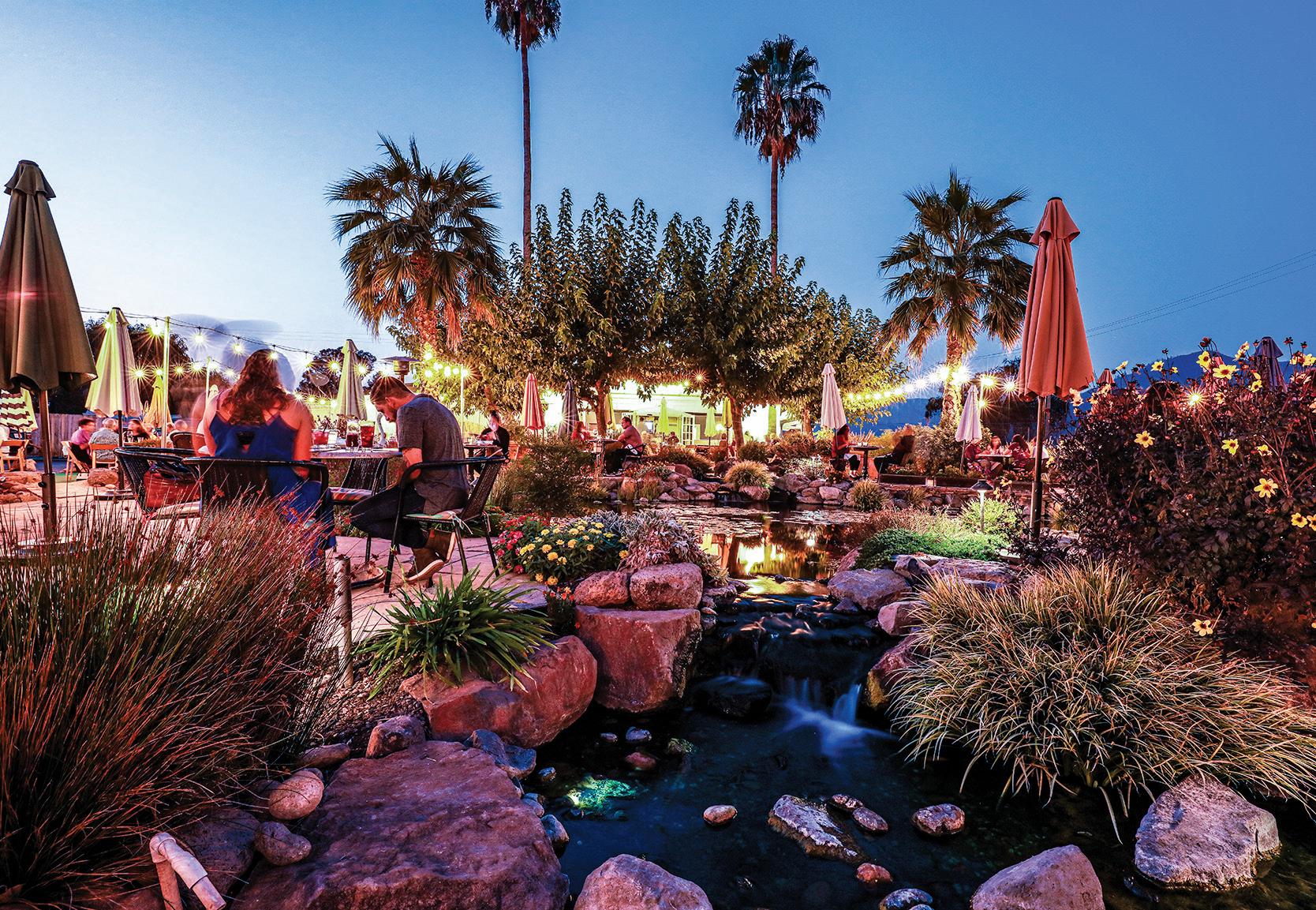


Working cheese into a traditional dumpling format was tricky, according to the two women entrepreneurs, who aimed to ease their kids’ cravings with the invention of Wonton Mac and Cheese. The dish is a sellout, and not only young folks are imbibing it. The full menu is worth a visit, but don’t head home without cheesy dumplings for the kids. (No nibbles on the way home.)
Everyone knows that pizza is royalty when it comes to cheese, a fact made
evident when the simple mention of sourcing the perfect slice for a news article results in emails from dozens of people with suggested pie shops. There are not enough months in one summer to “research” all the available locations— which is not a reason to delay, but merely a heads-up that one might be embarking on a years-long pizza perusal process.
Among just a few highly recommended are Graffiti Pizza, State Flour Pizza Company, Sliver Pizzeria, Little Star Pizza, Pizzeria Violetta, Rose Pizzeria,

The Star on Grand or Park, Zachary’s and the new Pizzeria da Laura. The variations in style, crusts, toppings, sauces and dough-tossing techniques—plus bake-at-home and customer-designed options—are too numerous to list, but with the East Bay’s proliferating pizza makers and shops seeming to expand daily, whatever one craves is likely available.
For the revolutionary pizza eater, there are even versions sans cheese, but why bother? After all, to eat cheese is to fall in love. Enjoy a (cheesy) summer swoon.
Expect also to hear extended dissertations on the premier pizzas, mac ’n cheese, saganaki, fondue, wine and cheese duos, grilled cheese anything, new plant-based cheese alternatives, and of course, tales of epic cheeseburgers…





















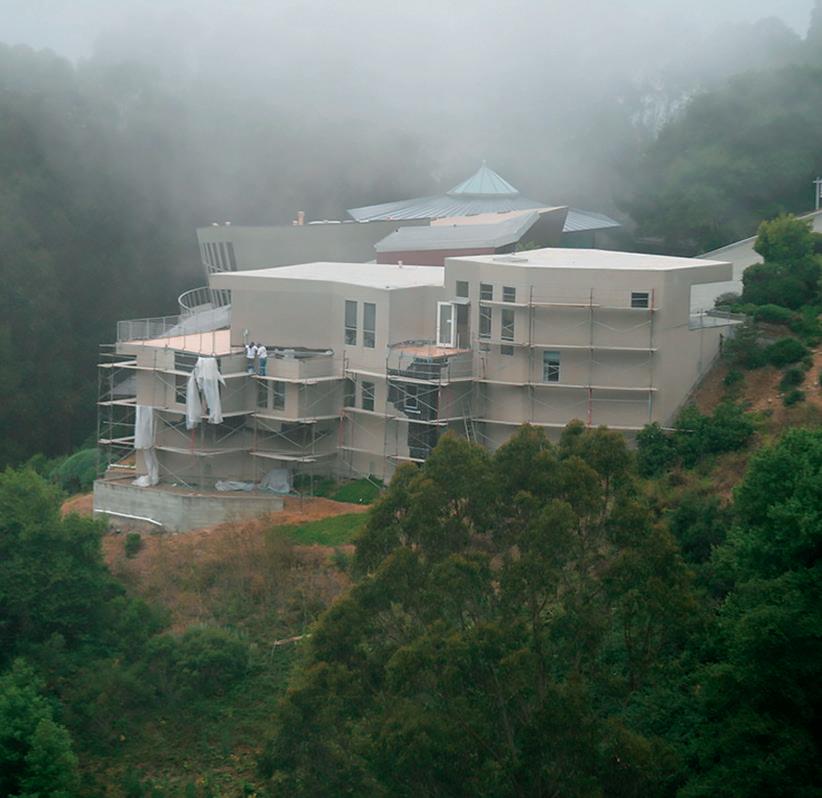
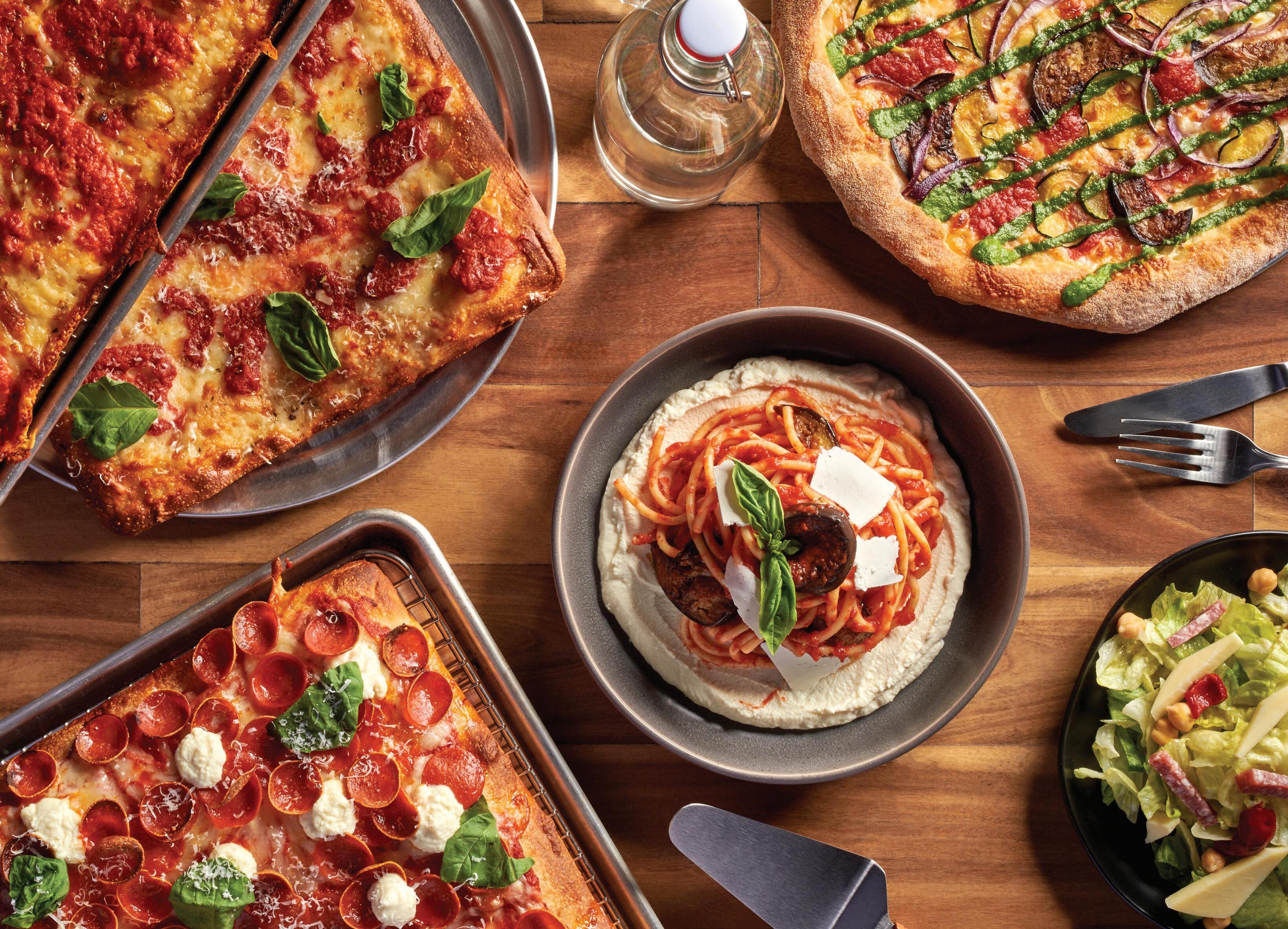 BY Jeffrey Edalatpour
BY Jeffrey Edalatpour
Rumor has it that the “Grandma” style of pizza was genetically engineered in the kitchens of Long Island grandmas before being released into society. They’re still a rarity on the West Coast, where Neapolitan pizza crusts blister in brick kilns and Zachary’s makes the Platonic ideal of a deep dish pie. But there it is on the menu of Chef Laura Meyer’s new pizzeria.














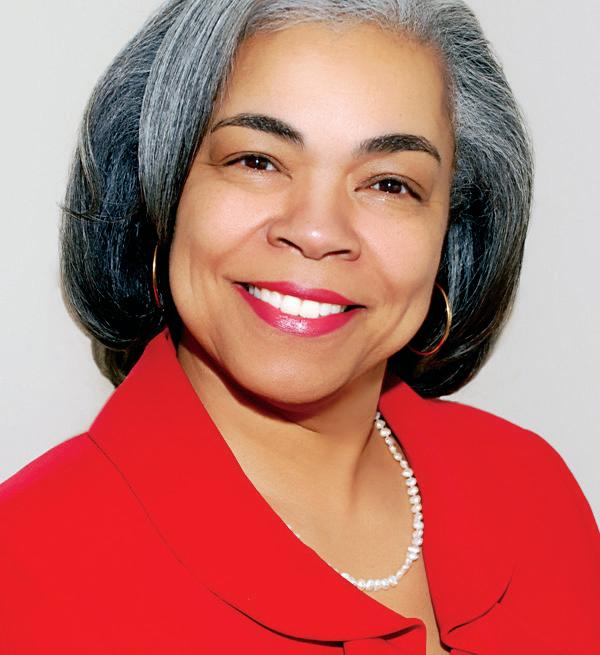




















Having only been open a couple of weeks, Pizzeria da Laura is already making a ton of dough. Alongside the Grandma, Meyer is making a classic New York thin crust, Sicilian squares and a Detroit deep dish. It sounds like a TV slogan from the 1980s, but there’s really something for everyone.
For over a decade, Meyer worked at Tony Gemignani’s Pizza Napoletana. While she was there perfecting her craft, the chef also competed in and won a couple of pizza cooking competitions here in the United States and in Italy. Those competitions took place before the pandemic. Like many others, the lockdown afforded her the time to reassess her goals. Meyer saw that not only were many restaurants closing down, but people were also getting out of the industry altogether. She understood those feelings of being burnt out all too well.

“But for me, I always come back to the restaurant industry; it’s something that I love,” she said. Meyer felt that she was young enough to open her own place and knew that she would regret it if she passed on the opportunity to do so. Pizzeria da Laura occupies two floors of a downtown Berkeley building. Previously, the space was a cafe and, many lifetimes before that, a Chinese restaurant where I once went on a
first date with someone I shouldn’t have.
Meyer’s aesthetic fits in perfectly there. It’s as if the space had been patiently waiting for her arrival. Walking inside Pizzeria da Laura, one immediately feels a sense of familiarity, at ease and at home. The chef understood how to conjure nostalgia for pizza parlors from childhoods while updating the décor with clean white table tops, natural light and an open bustling kitchen.
The menu’s central focus is, of course, the pizza, but the starters aren’t afterthoughts. The arugula salad’s ($13) lemon vinaigrette softens and sweetens the edges of this occasionally prickly green. A plate of two arancini ($12) held a surprise in their centers—a ragu. Made with saffron risotto and cheese and covered in a bright red tomato sauce, Meyer’s arancini are crispy on the outside and tender to bite into.
Since it’s such a novelty, we decided to try a Grandma pie with vodka sauce called “Lil One.” While we were waiting for our pizza, large trays of Sicilian, deep dish and New York pies came out of the oven to land on nearby tables. There were many groups of people gathered together sharing these immense pizza pies. Nobody sang “Happy Birthday,” but there was something
celebratory in the air. That’s the general mood upstairs and downstairs at Pizzeria da Laura. Perhaps diners are finally relaxing and feeling like it really is okay to eat out again in public.
The thin crust on a Grandma pizza is closer to a baked focaccia dough. It’s chewy, dense and filling. I liked it and would order it again, but I will admit that when the deep dish pizzas zoomed by, I wanted to come back the next day to try one.
Meyer describes her approach to making several different kinds of pizza as a “multiplicity.” The chef loves the idea of being able to appeal to more than one crowd at a time. “Being able to offer something for everybody—that’s always appealed to me,” she said. “Having worked with Tony for a long time, I come from the thought process of, ‘Anything is possible.’”
We also couldn’t resist the idea of trying the G.O.A.T. fried calzone ($15), with mozzarella, prosciutto, ricotta and a side of tomato sauce for schmearing or dipping. The G.O.A.T. is a golden brown triangle, puffed up from a hot oil bath. It’s sized to please a table of four and will miraculously cure said table of the desire to ask for a dessert menu.
Pizzeria da Laura, open Wed to Sun 5-9pm. 2049 Shattuck Ave., Berkeley. 510.984.0409. pizzeriadalaura.com.
‘Being able to offer something for everybody— that’s always appealed to me. Having worked with Tony [Gemignani] for a long time, I come from the thought process of, ‘Anything is possible.’’
– CHEF LAURA MEYER
























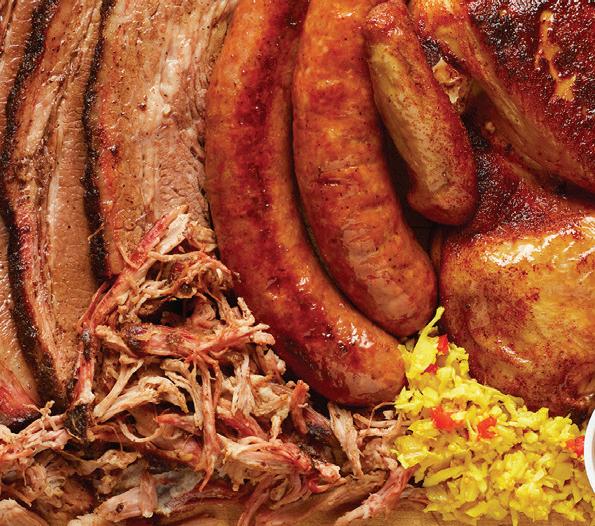




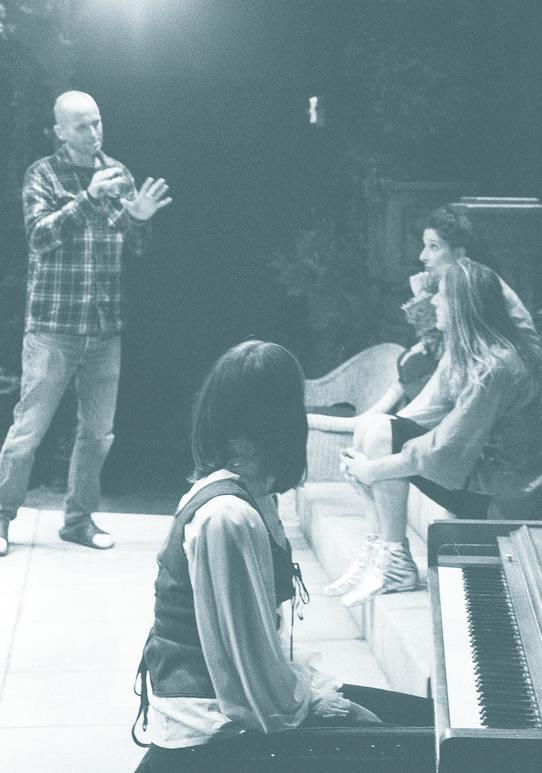
When Shotgun Players artistic director Patrick Dooley describes his dream for what live theater might become in the postpandemic era, a peculiar thought springs to mind. The thought is that he is either fantastically retro-minded, exceptionally visionary or a person su ering grandiose delusions. After all, Dooley is a guy who in 1992 had enough pluck and positivity to launch a theater company in the basement of a pizza parlor—and keep it viable for decades in the Bay Area’s competitive theater scene.

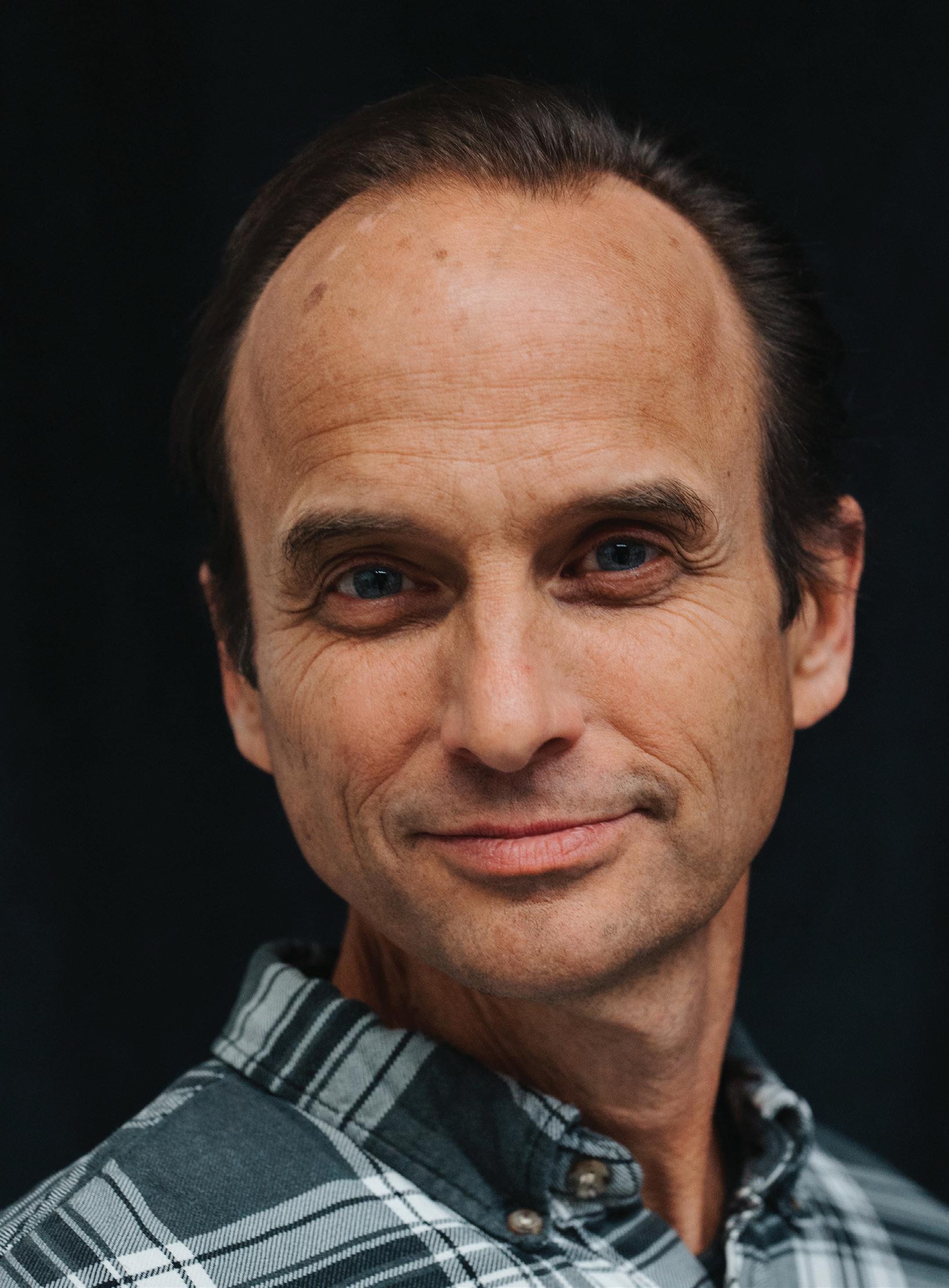



































In the years since its founding, Shotgun bounced to 44 different spaces before establishing its permanent roots at the Ashby Stage that in 2007 proudly staked a historical claim as the first 100% solar-powered theater in America. Dooley made this and other forwardthinking miracles happen while directing over 40 plays and overseeing nearly 100 other productions.
Despite being a small operation, Shotgun carries a sizable reputation; it’s known for edgy, impeccably scripted repertoire, a diverse and dedicated roster of talented Bay Area actors, and theater
artists whose keen lighting, sound, set and costume designs turn every production in the intimate theater into a master class in creativity.
In a conversation about Shotgun’s history and future, the subject of hope enters early on. While it’s apparent his company’s collective energy was dinged by extended closures in 2020 and 2021, Dooley’s can-do determination remains largely undiminished by the emotional traumas and financial devastation everyone in theater has experienced.
“What is my hope? I recently read an article about how ancient Greek
physicians would prescribe seeing tragic theater to heal people physiologically,” says Dooley. “It was a health remedy, a place of physical healing and energy, not just feeding the soul. It wasn’t only spectacle and entertainment. We need to return to that ancient time and idea.”
For theater in the 21st century to be medicinal, essential and not simply a place for escape or diversion, it must shed the current models, Dooley insists. “So much of what we engage in now is an anesthetic meant to numb us and put us to sleep.
I’m interested in theater that has a bold aesthetic, that wakes you up, has rigor, »
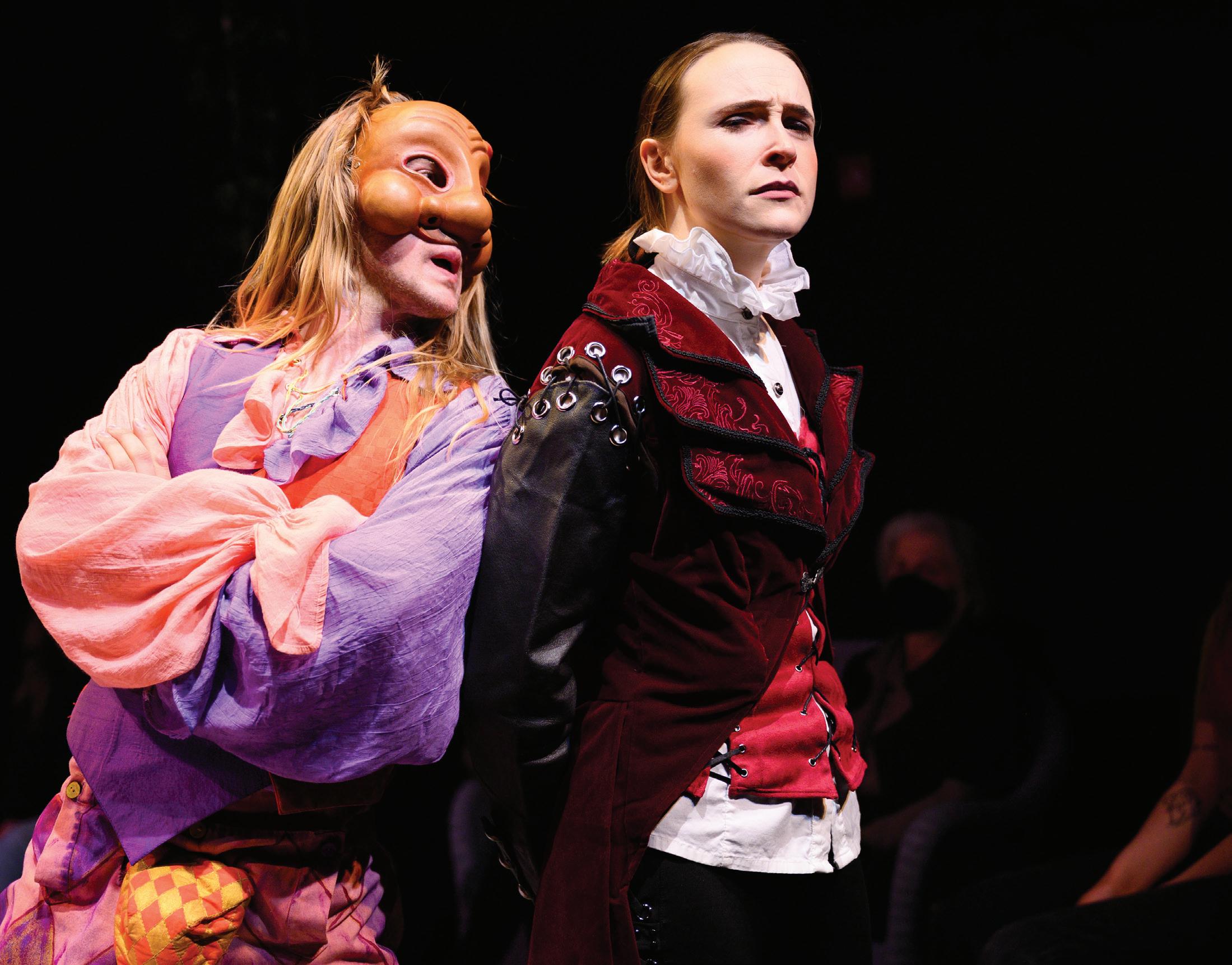
Garbage is a manufactured product, created when otherwise recoverable resources are mixed and mashed together. Most rooms in every building in the whole country have a basket where this manufacturing begins. Discarded resources are put in one by one, then dumped into a larger bin, and then into a truck with a more modern body based on this one. A hydraulic piston smashes everything together. The objective is to pack in more cargo before the truck has to be driven to where it can dump onto the land, to be covered in a “sanitary“ way. Liquids leach out and make their way into the planet's

NASA's Astronomy Picture of the Day from February 12, 2002, colored the methane in the Earth's atmosphere green, and an animation showed how it spins to the poles NASA said, “Methane (CH4) is second only to carbon dioxide (CO2) in creating a warming greenhouse effect The largest abundance released by the US … is created when anaerobic bacteria break down carbon-based garbage in landfills.” [Emphasis added.]

water eventually. These “sanitary” methods of filling the land (hence “sanitary landfills”) also provide for anaerobic decomposition of organic materials – which generates methane.
Landfills are the largest humancreated source of methane. In the short term methane is 80 times more
powerful than carbon dioxide in creating the greenhouse effect.
much waste are you for?
Urban Ore has been salvaging for reuse in Berkeley since 1981. We have 3 acres of secondhand goods, open 360 days a year until 5:00PM, 900 Murray St. near 7th x Ashby. Come shop.
provides an avenue to move through troubles and is a light leading the way.”
But Dooley’s dream stands face-to-face with 2023’s realities, such as the troubled economy and specifically, audiences who learned to live without going to live theater for two-plus years. Nor will talk of Ancient Greeks or physicians writing prescriptions chase away the clouds of rising production costs and space rental, stiff competition for people’s discretionary dollars and other challenges Dooley is quick to acknowledge.
“We’re never going back to ‘the before,’” he notes. “But saying that doesn’t mean I’m not still upset by past things like what happened to the Exit Theater. It was a home for dozens of theater practitioners to learn their craft, build their careers. That Exit no longer exists as part of the ecosystem shows a breakdown of the smaller organizations. Long term, that’s going to be detrimental. If we shrink the programming, it’s going to hurt theater in the Bay Area for a long while. You can’t outsource live theater and it won’t die, but it’s going to struggle.”
Glimmers of light did appear during the COVID-19 meltdown, and Dooley says capitalizing on them is crucial. Natasha, Pierre & the Great Comet of 1812, an electropop opera based on Leo Tolstoy’s War and Peace—written by composer and former Bay Area resident Dave Malloy, and which recently wrapped up an extended run— provides a compelling example.
“We had more people under 40 than at any show in our history,” says Dooley. “You could have a cocktail, dress up, sit onstage. There’s a whole younger generation looking for something new to do because something’s missing in their lives. But they’re not interested in having a passive experience. They want to engage.”
Dooley says the ultimate goal is programming that satisfies regular theater goers and also holds interest for people who “don’t want to sit in their grandparent’s dark theater.” A crossgenerational, engagement-oriented approach, he suggests, will build a new 21st century audience. “The old, passive model? That’s not going to work for us.”
Turning his attention to administrative and artistic practices, Dooley suggests distributed decision-making, across-theboard accountability and deliberately including long-underrepresented communities are the primary paths to sustainable theater. At Shotgun, that means, among other initiatives, investing $75,000 to expand staffing, with an eye on equitable hires, and paying an outside firm to conduct comprehensive surveys of audience experiences.
“We’re not trying to build separate tents. We’re trying to build a bigger tent,” he says. “People who come to or work in theater are curious. They’re interested in reimagining their lives and the world around them. A space that allows more inclusion feels better for everybody. I say,
we’re all in this big boat together, and now, we’re trying to turn it around. We’re more intentional about it now, but we were doing this DEI work for six years—long before COVID and the social justice movement of 2020.”
Having traveled through current travails and dissected future hopes and dreams, the conversation takes on an exciting vibe with Dooley’s closing comments about two upcoming shows: The Triumph of Love and Hedwig & The Angry Inch. For Hedwig, the theater will be converted into a rock-n-roll bar.
“The performers will interact with the audience, and during intermission the audience can go onstage and buy a beer from the musicians,” he says. “(Director) Richard Mosqueda is visionary and tapped into the drag community. He wants to have the entire cast and band be people of color.”
Dooley will direct Triumph of Love, which he says taps elemental manifestations of rage, ecstasy, arousal and passion.
“All of the characters imagine the ecstatic nature of love and having it ripped away,” says Dooley. “When they’re angry, it should make your hair stand up. When I live in the world of this play, it gives me the courage to make bolder choices in my life. A Shotgun play is about hitting all the chakras. Love it or hate it, but don’t be bored. Get to the gut; trust yourself to be raw in performance; go to the deep primal experiences.” ❤
‘A Shotgun play is about hitting all the chakras. Love it or hate it, but don’t be bored. Get to the gut; trust yourself to be raw in performance; go to the deep primal experiences.’
— PATRICK DOOLEY, ARTISTIC DIRECTOR OF SHOTGUN PLAYERS














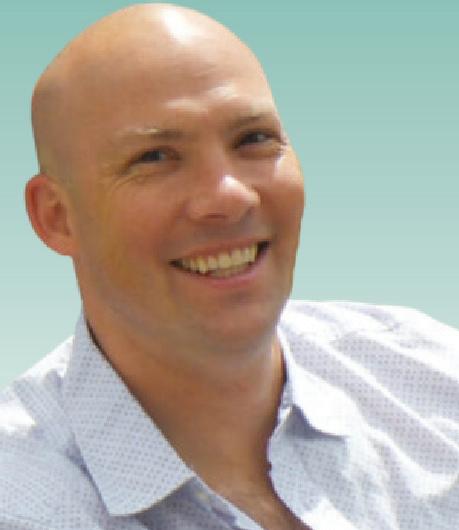








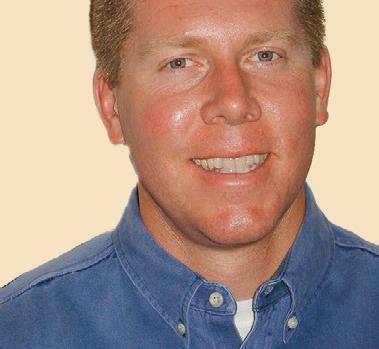















When asked about their first encounter with Oakland Theater Project (OTP), early adopters are likely to recall its former name, Ubuntu Theater Project. They might describe seeing ambitious, sitespecific summer festival productions held throughout Oakland—at autorepair shops, city utility lots, abandoned churches—and the company’s radical but inclusive approach that dared to present professional and non-professional actors together on one stage in large-form ensemble works.
Founded in 2012 by Michael Moran, Ubuntu came from a Zulu proverb referencing “I am because we are,” and

therefore, “my humanity is tied to yours.” Although the renaming, Moran says in an interview, was the hardest decision made in the last few years, the company never changed its progressive focus as it moved through and achieved increasingly significant milestones.


In 2016, the first year-round professional mainstage theatrical season presented six works, by playwrights Marcus Gardley, Lisa Ramirez, Shakespeare (Othello), Frank Galati (after John Steinbeck’s Grapes of Wrath), Malta Ortiz and Katori Hall.

As the repertoire of original or reimagined works expanded and thrilled Oakland and Bay Area audiences, the company in 2019 established the Oakland Theater, a 99-seat theater at FLAX Art
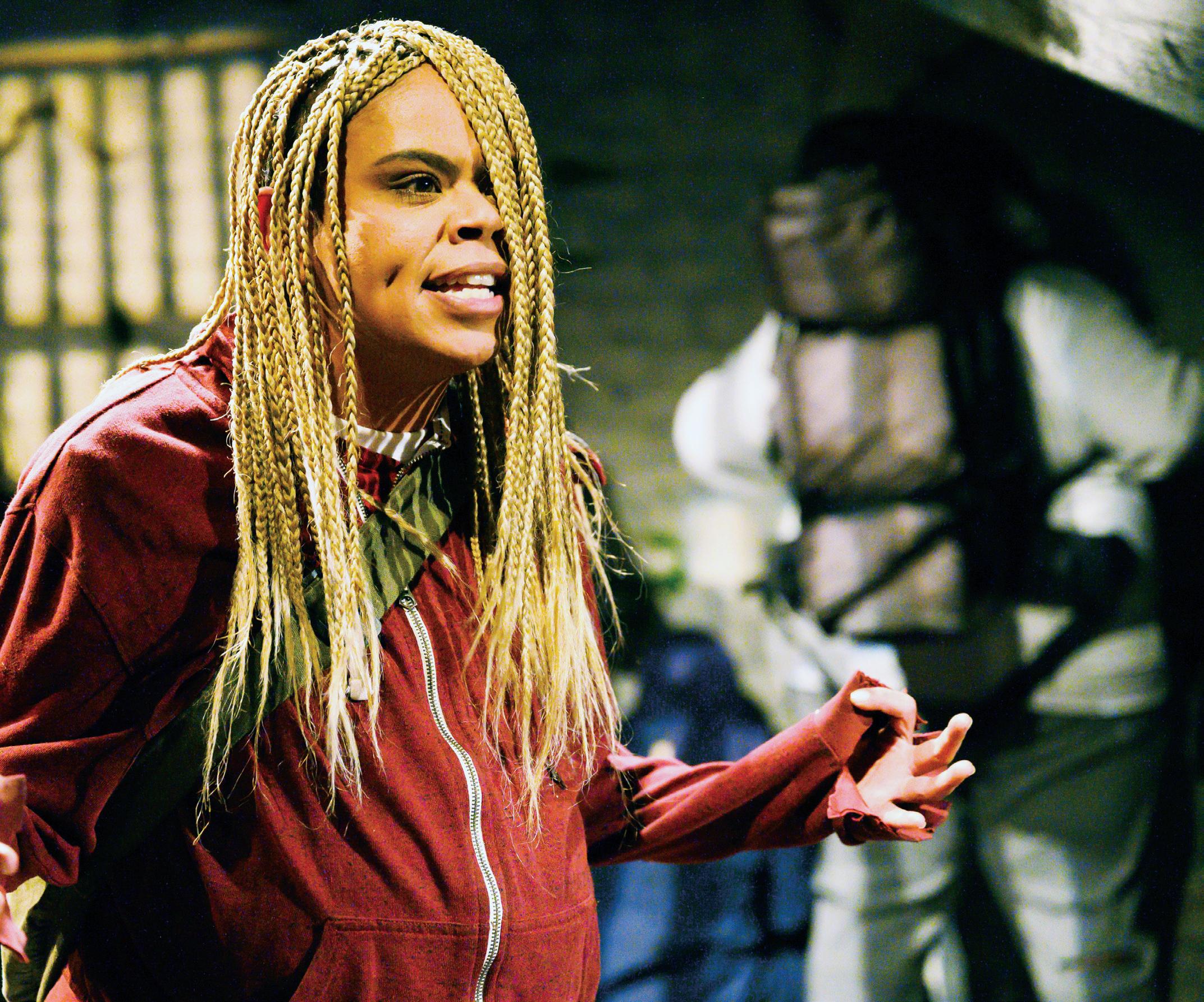
& Design in downtown Oakland. The performance space houses not only OTP productions, but artist training programs and new play workshops, and serves as a vital space available to other artists and theater companies in the East Bay.
Carrying the mantles of executive director and a co-artistic directorship shared with William Hodgson, Moran says priorities for 2023 are basic. “It’s execute well, fill the houses, put on quality shows, make sure our personnel are supported, do more big cast productions,” he says. “Large casts create a unique sense of community, a ‘we’ with electrical voltage that carries through onstage.”
Cast size also creates equity by presenting a larger whole, a broader
demographic. Equitable representation as a goal isn’t a snap to figure out and can even be unsettling or uncomfortable in ways similar to the name change.
“Strategically, we did it because our community of artists needed to be paid more, and changing our name would get more funds,” says Moran. “Hearing Ubuntu Theatre Project, people would say, ‘What’s that?’ Now, people recognize it quicker. There was also discomfort with a white man directing a company named Ubuntu. While that is still the value here, and we have the same people, it was congruent to change the name.”
During the pandemic, Director’s Lens and Playwright Lens classes were popular and will continue, even with the return to live theater productions. In contrast, the Zoom-delivered plays in 2020 and 2021 were a necessary compromise and a huge stressor Moran will not miss.
“It felt like an approximation that worked at the time, but it lacked creative satisfaction,” he says. “There was always the technological stress of a whole different medium that was difficult to manage. I was proud of the parking lot drive-in theater we did, but I won’t miss everything riding on whether or not Zoom calls worked.”
Free to unleash the pent-up energy of roughly two years without live shows, OTP’s 2023 is composed of five works based on the theme, “History versus Hope.” Among new plays and re-mounted classics is Cabaret, the company’s first-ever musical. With music by John Kander, lyrics by Fred Ebb and book by Joe Masteroff, Hodgson performs in duplicate as Clifford and the Emcee, and Moran assumes the director’s role.
“I pick plays that feel right for the moment and provide opportunities for the OTP values to find a unique take on it,” says Moran. “I was drawn to Cabaret because I’m fascinated by manifesting the latent cycles of classic plays that make us want to come back to them again and again. With the election coming up, we might be in our own cabaret. The world might indict us; who knows?
Also enticing is the practical challenge of producing a Broadway-size musical in FLAX’s very small space. “I’m excited by limitations because they offer unexpected solutions,” Moran says. “I’ll resist taking the Broadway version and reducing it. I’ll find
a solution that feels immersive, edgy—and will translate as a cultural memory play. We’re at risk of forgetting history, and this play is visceral and will reveal and showcase how we might fall into dangerous ideologies and social patterns we don’t want to repeat.”
Moran also directs Edward Albee’s Tony Award-winning drama, Who’s Afraid of Virginia Woolf?
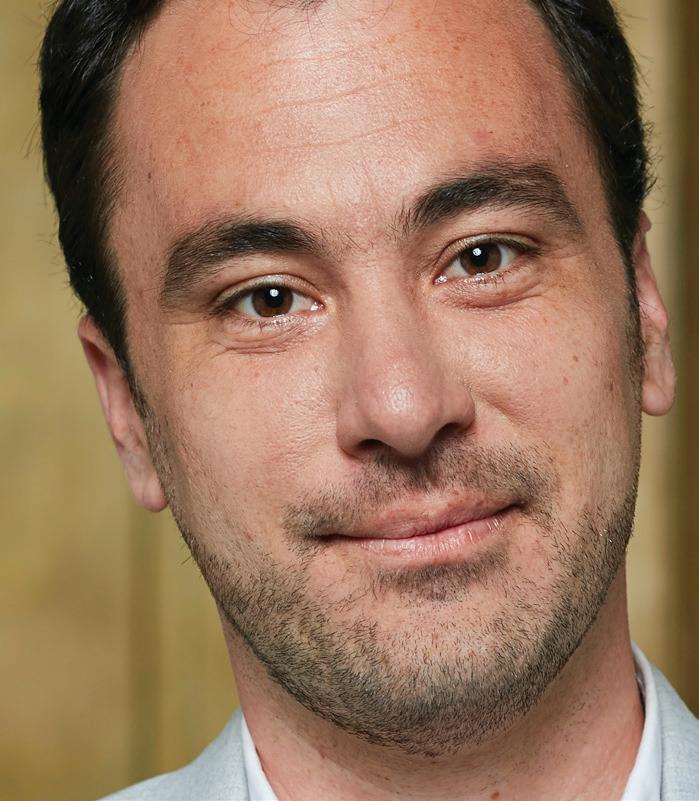
“I had resisted producing Albee in the past in part because the premise of this play is upper-middle class,” says Moran. “At OTP, I typically prefer to start from a more blue-collar premise, but the theme around history and hope and the motif of the longed-for child made me revisit it. It centers the middle-class illusion of the child
within a marriage that has been destroyed. It’s similar to the disillusionment we all feel right now. I’ll cast it in a way that looks beyond the original white middle class.”
Recognizing seismic, cultural shifts occurred after the shared trauma of the pandemic, Moran wonders if the aesthetics of theater might change and thereby cause the industry to rediscover itself.
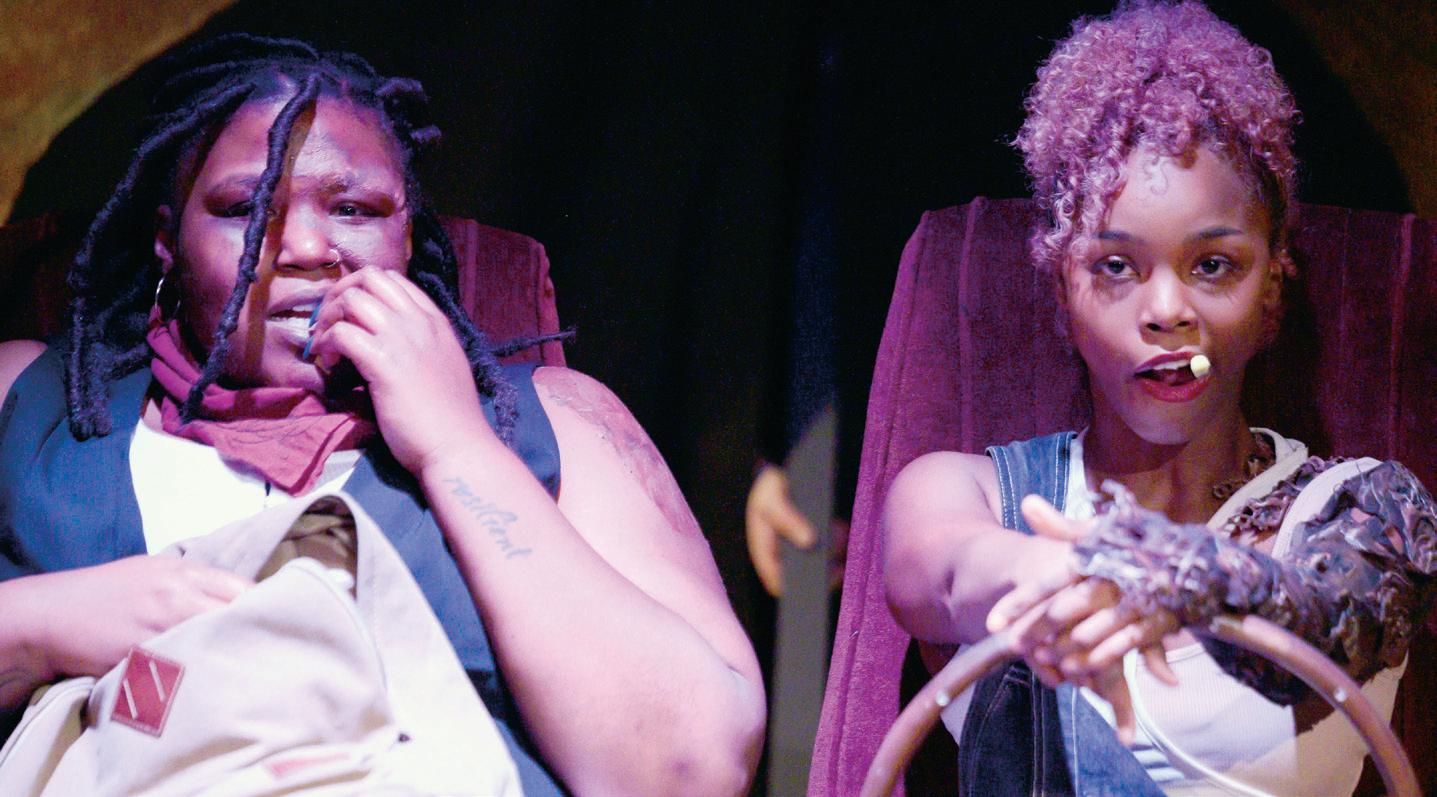
“When we couldn’t congregate, there might have come a different sense of theater’s value and the idea that sitting together is necessary for a healthy society,” he says. “But I don’t know… we might be back to thinking of theater as luxury. If we are in new terrain, what is theater, what does it look like? If it’s a ‘business comes first’ view, then the DEI efforts everyone’s making are enough. If it’s a whole world view, with theater as a way to reflect the whole, then DEI is implicit and doesn’t even exist.”
Moran’s big dream would have theater at the center of society. OTP would have its own permanent building, a year-round season, and be “a vehicle that connects communities, a secular meeting point that recognizes our collective interdependency.” In two hours’ time, a live performance would allow people to sit side-by-side, suspend class or other status, and touch their shared humanity without pretense.
The in-person proximity of the experience is undervalued, according to Moran, but it’s the kernel of compassion from which a person—and a theater company like OTP—can do anything. ❤
SCHOOLHOUSE ROCK Alphabet Rockers produce children’s music that is as polished as any rock, pop or hiphop album aimed at adults.
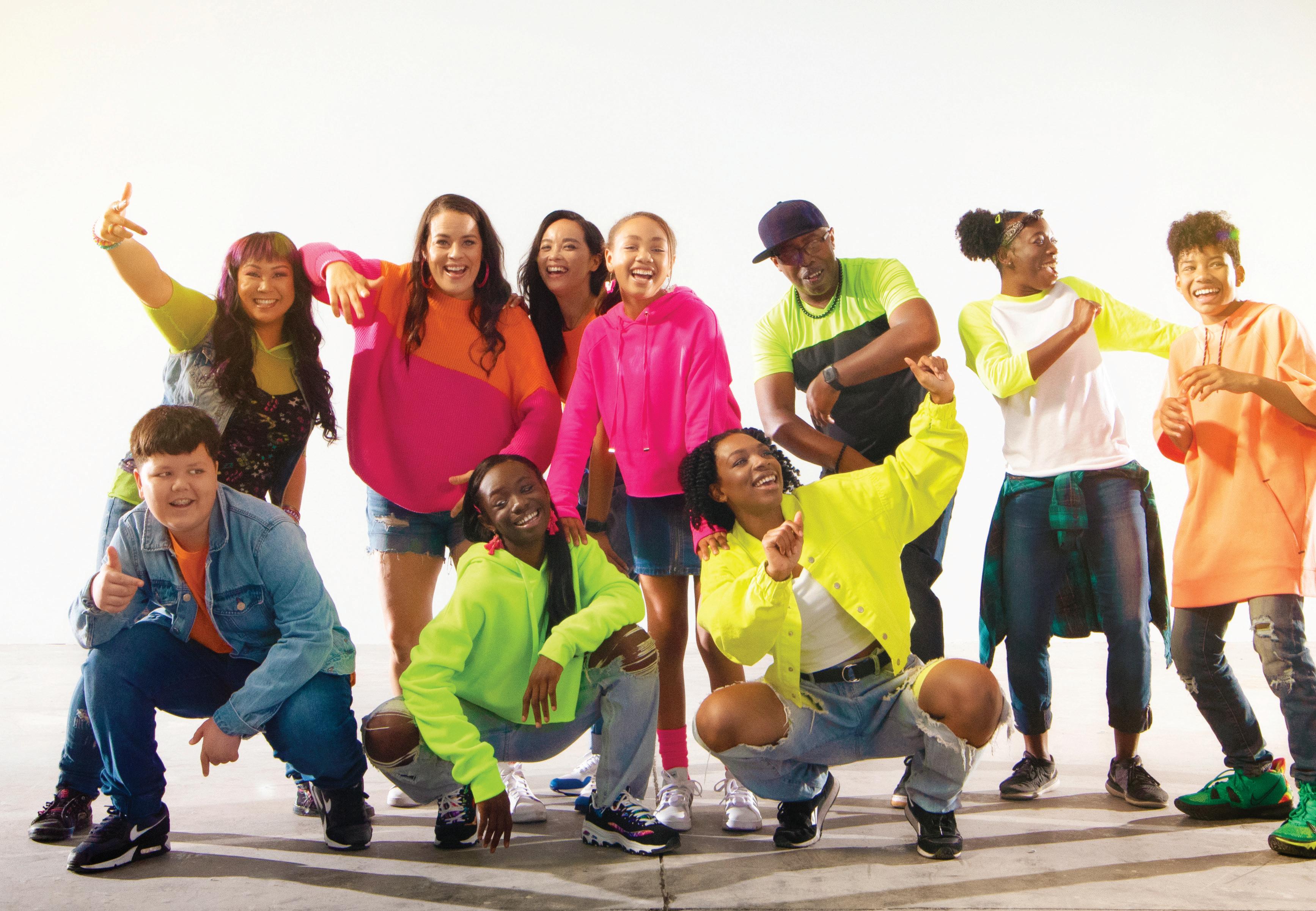 BY j. poet »
BY j. poet »
Alphabet Rockers is a community-based children’s music project helmed by Kaitlin McGaw and Tommy Shepherd. With the help of a group of collaborators—some of them as young as nine years old—they write, produce and record songs that address the racism, sexism, homophobia and xenophobia that can make the lives of children so difficult. Their most recent album, The Movement, explores America’s racial history, with 13 songs that include hip-hop, funk, soul, R&B and dance music in their diverse arrangements.
I have been a financial professional for close to 40 years and have been focusing exclusively on reverse mortgages for 18 years. I am a Certified Public Accountant and take pride in providing professional, honest, and ethical advice. If you would like a free customized quote and information package on reverse mortgages, please contact me, and I will respond immediately with no sales pressure. I believe in providing concise information, so you can make an informed decision. My financial background helps me explain reverse mortgages in easy to understand terms.














Like their last two records, 2018’s Rise Shine #Woke and 2019’s The Love, their latest record was nominated for a Best Children’s Music Album Grammy. Shepherd, McGaw and three of their youthful collaborators, Tommy Shepherd III, 15; Maya Fleming, 14; and Kali Aurel de Jesus, 14, attended the award ceremony and were knocked out when they won.

“As I heard the announcement, time stood still,” McGaw said. “Then I started screaming. Tommy sat there looking around with an ‘Oh, we won?’ expression on his face.”
Shepherd adds, “We always felt that someday we’d bring home a trophy to share with all the people that bravely told us their truth, so we could address it in our music. If we win or lose, we know we did the work. This time, it paid off.”
On The Love, the band discussed issues of gender diversity. They knew it was risky
and were surprised at how open people were about the subject, not only gendernonconforming youth and their parents, but also the community at large. At the end of the process of making that album, 60 people of all ages, races and genders contributed, many of them singing, rapping and making music for the first time.
This time, the core group was smaller, due in part to the shutdown of the COVID-19 epidemic. “It was a tough time for us,” Shepherd said. “We’re used to connecting with the community—kids, parents and others—and meeting faceto-face with our support network. The discussions and engagement we have as we create songs are important.
“This time, we asked ourselves, ‘How could we pivot and take care of ourselves and others?’” Shepherd said. “We started Zoom meetings with families, kids and other collaborators [like children’s music
stars Mista Cookie Jar and FYÜTCH]. We’d write music together, dance together and talk anti-racism together. We got cameras and mics for everybody. We helped people soundproof their bedrooms or living rooms, building tiny studios, so everything would be equitable and impactful. We showed them how to film themselves and light themselves.”
“We got an Othering and Belonging Fellowship from UC Berkeley to help pass on our way of writing music to our youth artists and keep asking questions around injustice,” McGaw said. “We’d ask people in the community, ‘When do you feel powerful?’ ‘When have you felt powerless?’ The young artists came up with the lyrics after long conversations with parents, grandparents and siblings. What they wrote about was based on listening and expressing their truth.”
The Movement lives up to its title





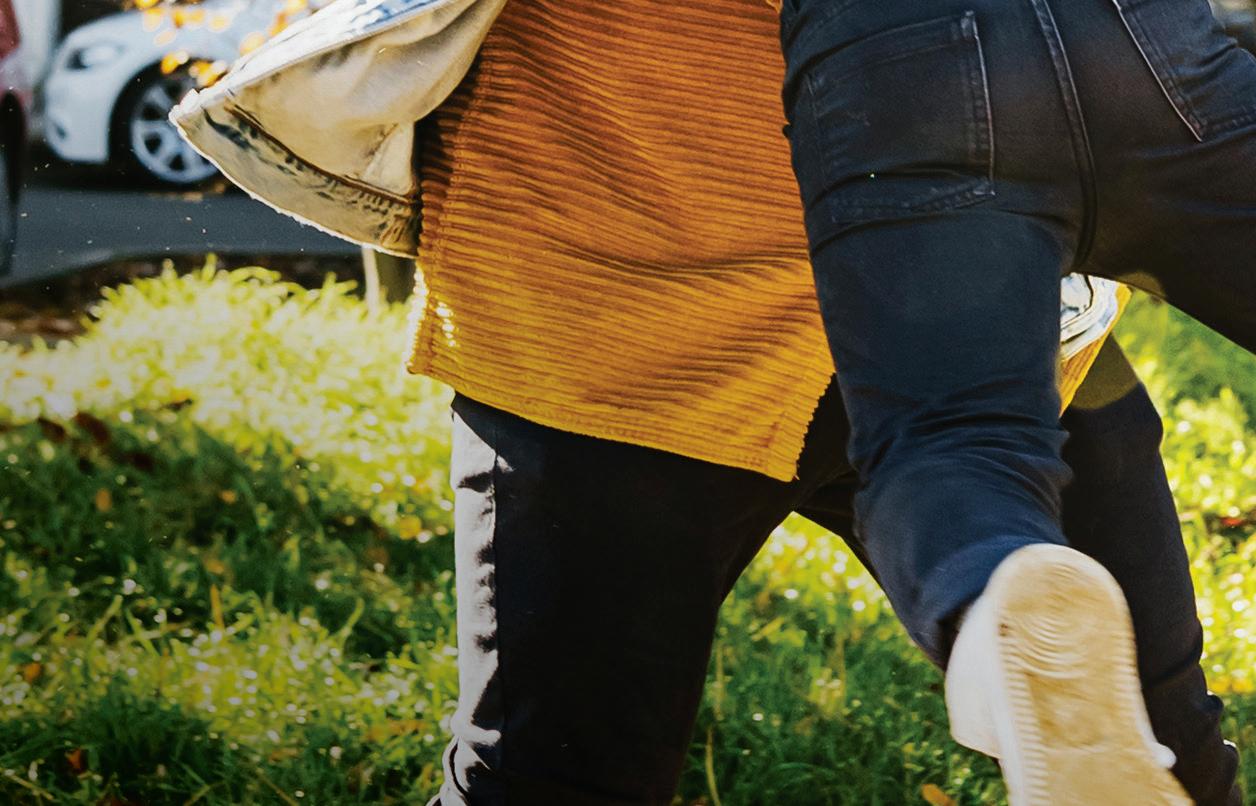











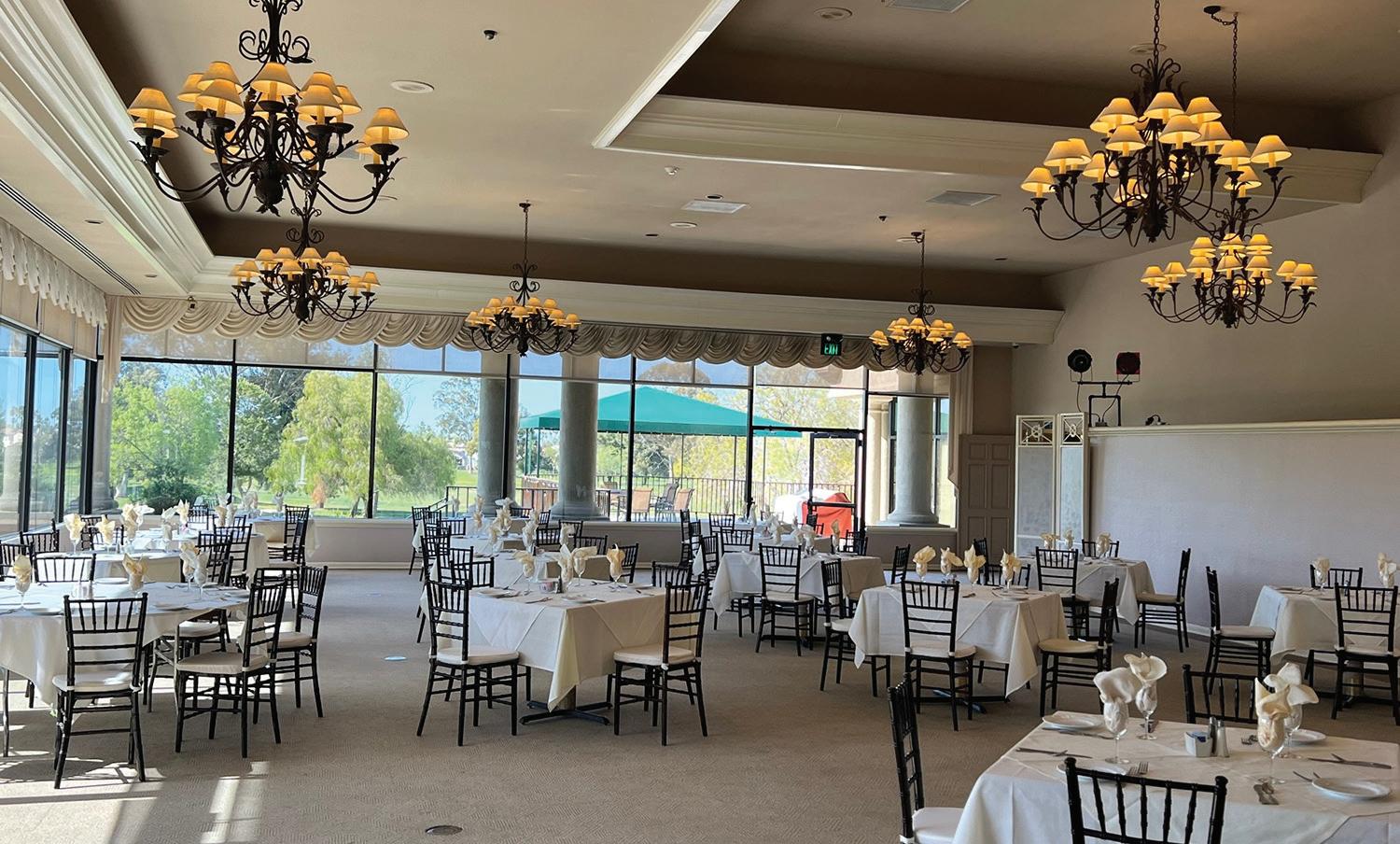


with performances that provide insight into the effect racism has on the day-today lives of the performers. Onyx Austin, who is eight years old, recites her poem, “Do You Know My Power,” touching on love, oppression and ecology in 11 lines.
FYÜTCH and Shepherd sing lead on “Juneteenth,” the story of the day in 1865 when the enslaved people in Texas found out they’d been set free. It combines funk, dance beats, hip-hop and pop to deliver a history lesson about the Black troops who fought for the Union in the Civil War and the racist language built into the Constitution that declared Black people were three-fifths of a human.
Tommy Shepherd III, Maya Fleming, Kali Aurel de Jesus and 14-year-old Lillian Ellis wrote “Strength in Numbers,” with the help of McGaw and Tommy Shepherd II. Backed by syncopated drum loops and melodies combining hip-hop and R&B, the young artists describe the hazards they endure, and the strength they draw from each other and their community as young people of color.
Although The Movement is marketed as a children’s album, the music and production are as polished as any rock, pop or hip-hop album aimed at adults. The album is a powerful counterbalance to the current wave of outrage against
teaching children and teenagers about this country’s racial history, economic segregation, gender dysmorphia and other related subjects.
“The acts of violence against children that are being conducted around the country by state and local legislators affect us all, even if we’re not in those places,” McGaw said. “When we experience this kind of oppressive suffering, it affects everyone. It’s a signal to people that are not mindful of oppression that they can disregard the suffering of others. It makes it easier to act as if people are objects.”
“Some of the kids experience racism, sexism, xenophobia and homophobia every day,” Shepherd said. “I hear people say we shouldn’t be talking about this to our kids, but it needs to be discussed in some families, because of what the kids are experiencing. I’m wary of letting my son hang out with people who don’t understand that he might have to be protected, because of what he looks like.”
“As a young white woman, I didn’t experience racism, but realized I was somehow involved in it,” McGaw said. “I was disappointed in the grownups I knew for not talking about it. If I had the tools that Alphabet Rockers are creating today, I would have been able to stand up and interrupt the patterns
of oppression that went on. I believe that compassionate people of all ages around the country will always know the truth, and share the truth, and help the community to survive these oppressive situations.”
Before they began collaborating as Alphabet Rockers, McGaw and Shepherd both had successful musical careers of their own. Shepherd was an actor, songwriter and producer, who led his own hip-hop group. “One of my day jobs was teaching kids about the elements of hip-hop,” Shepherd said. “Kaitlin wanted to do something for kids, even though she didn’t have kids when we started.”
“Hip-hop is poetry for the people,” McGaw said. “I’ve always been involved in the hip-hop space, finding my activist voice as a singer, sister and later, as a mother in the community. My stance, as a performer and a person, is connectivity.”
“When we tour, there are schools that boycott us because of some of our messages, mostly around gender diversity,” Shepard said. “Despite that, hundreds of people are still coming to the shows, even though some parents don’t like it. We do see a lot of parents that want their children to be able to live with love and face these problems. I think that’s hopeful.” ❤
‘The acts of violence against children that are being conducted around the country by state and local legislators affect us all. It’s a signal to people not mindful of oppression that they can disregard the suffering of others. It makes it easier to act as if people are objects.’
— KAITLIN MCGAW




